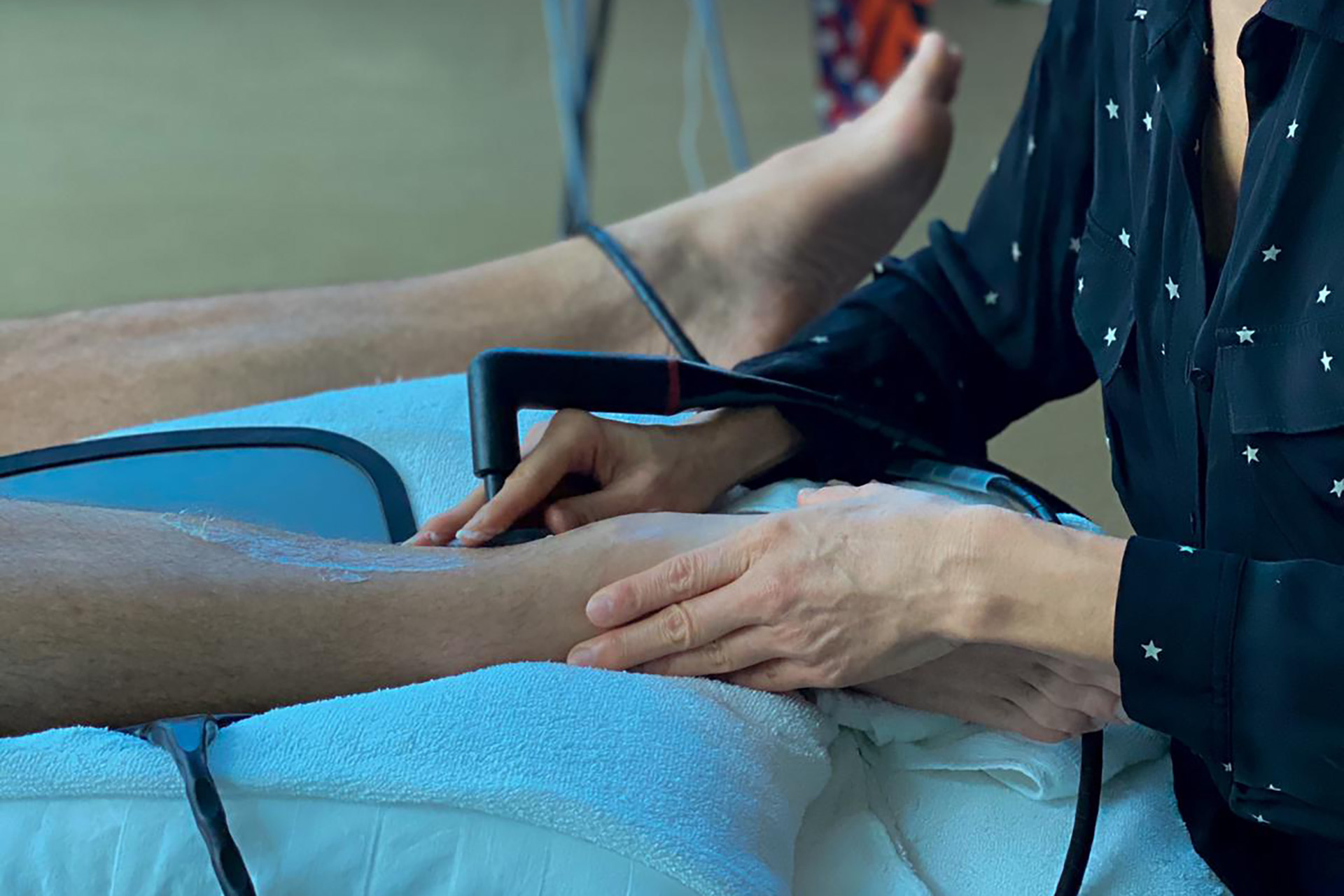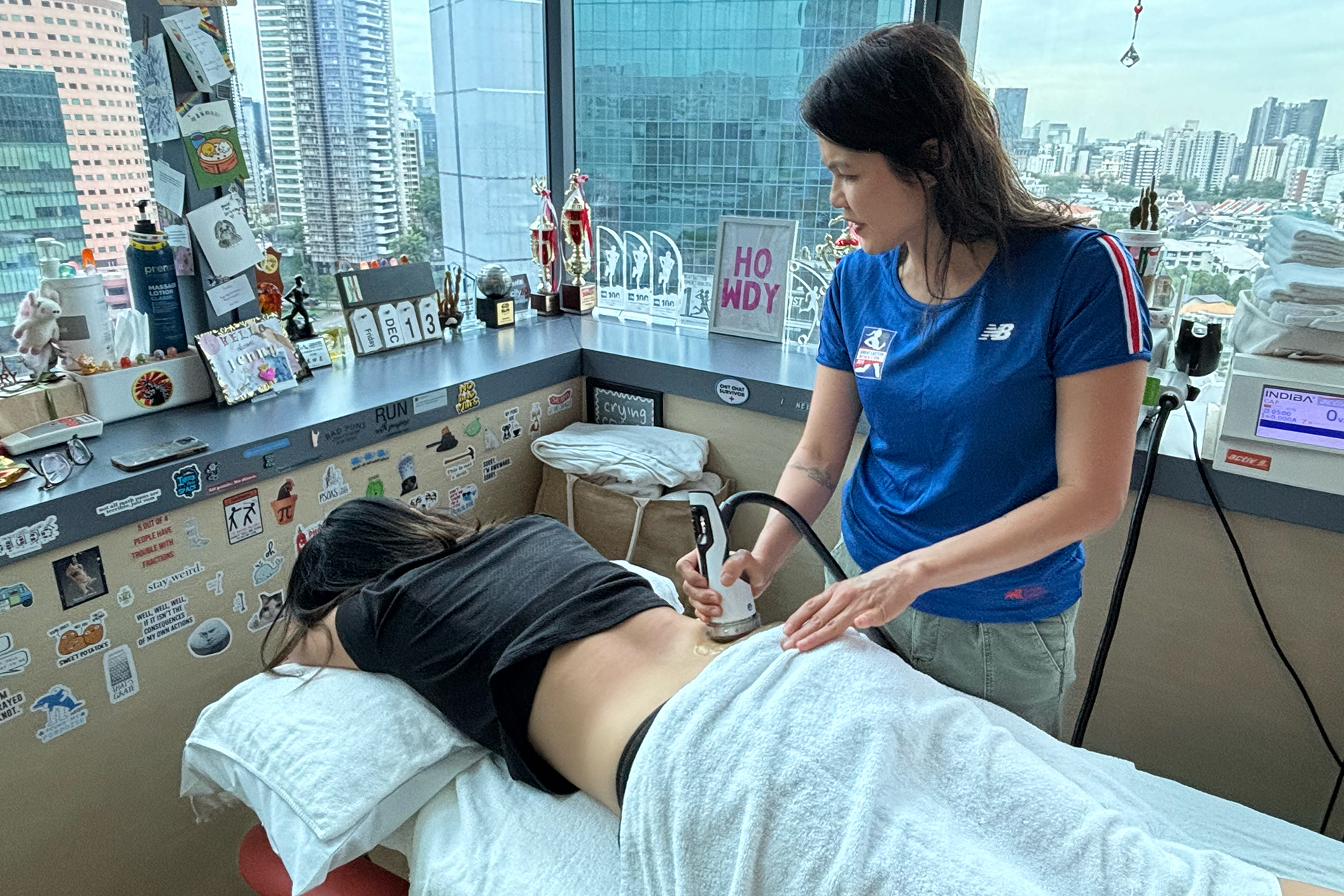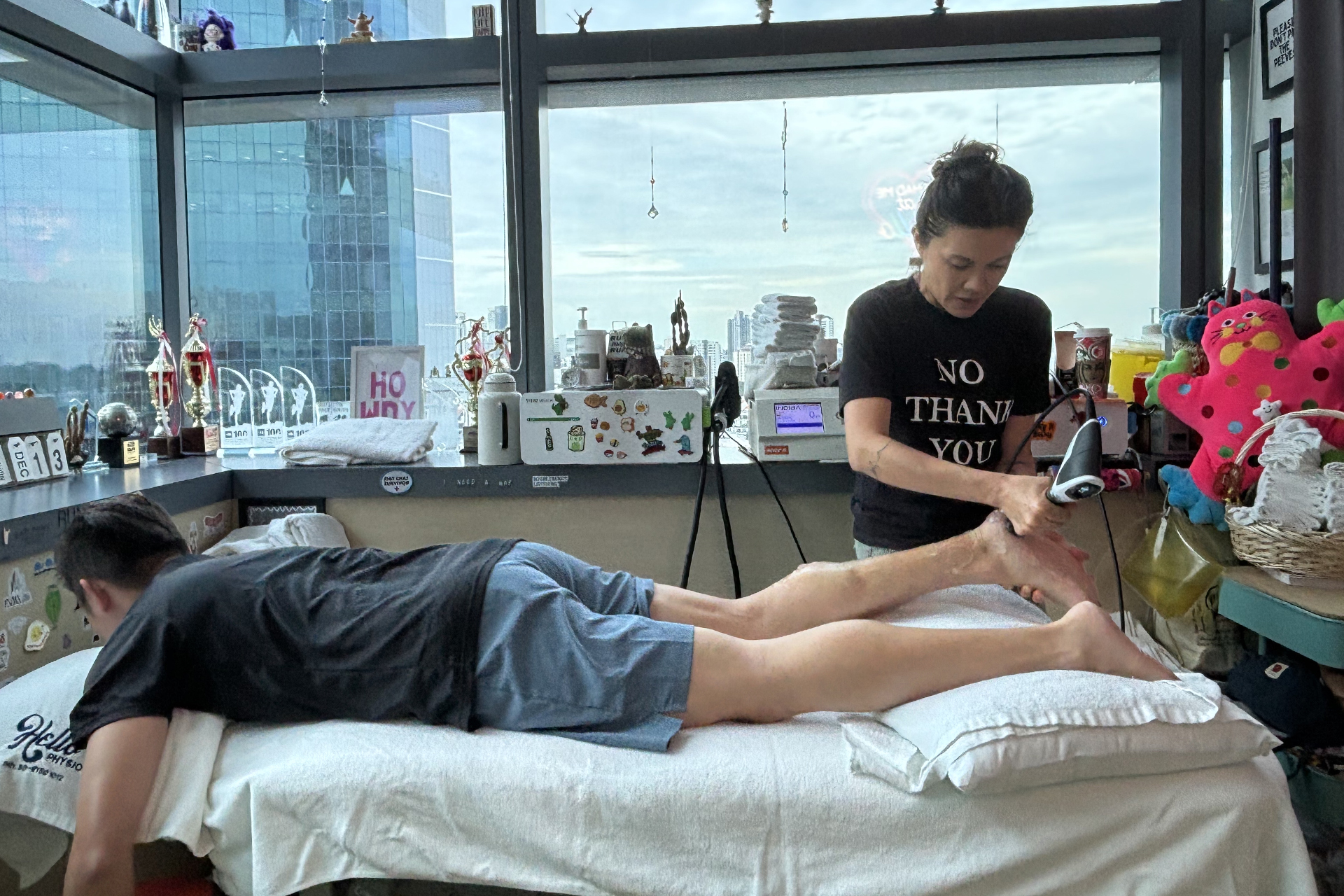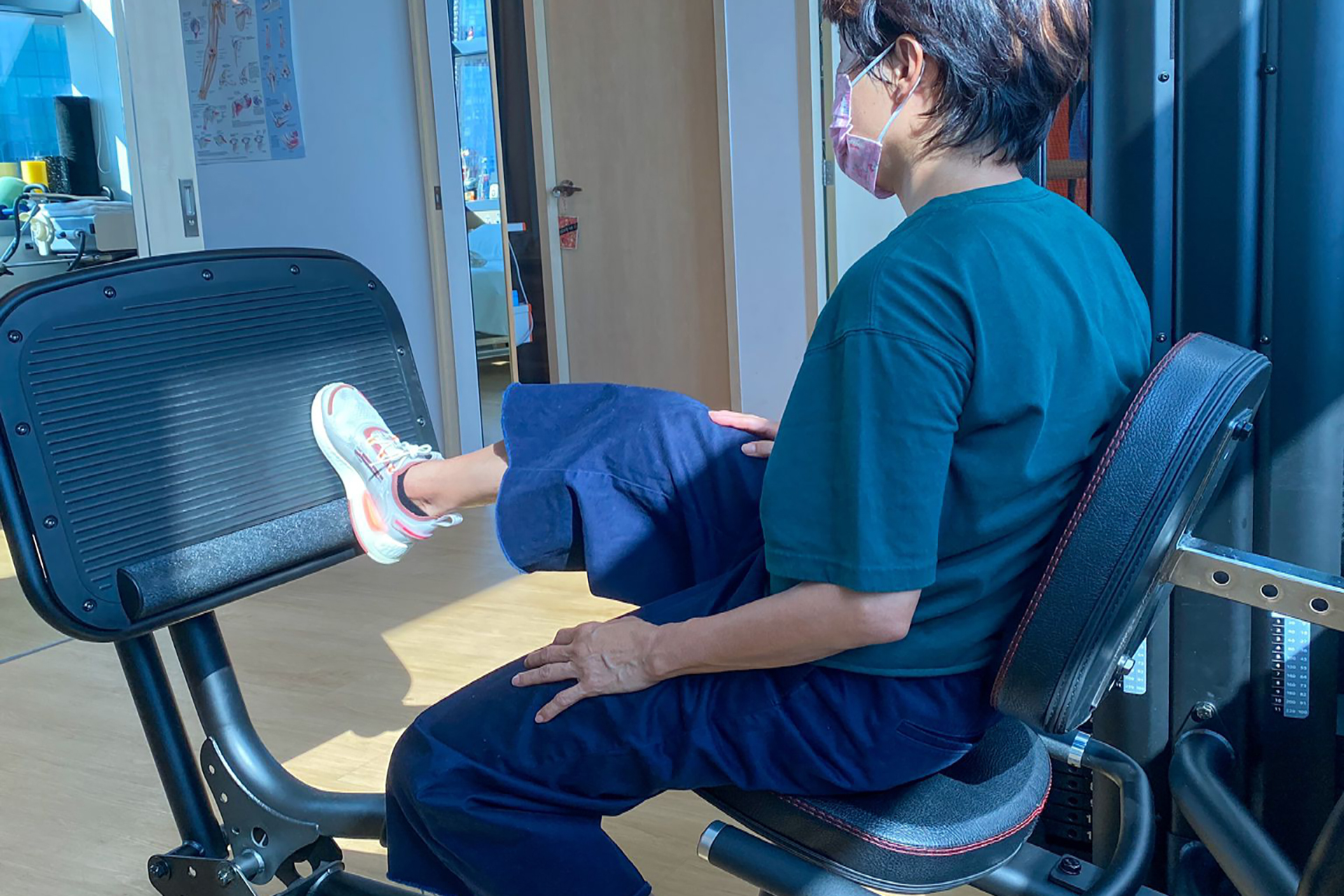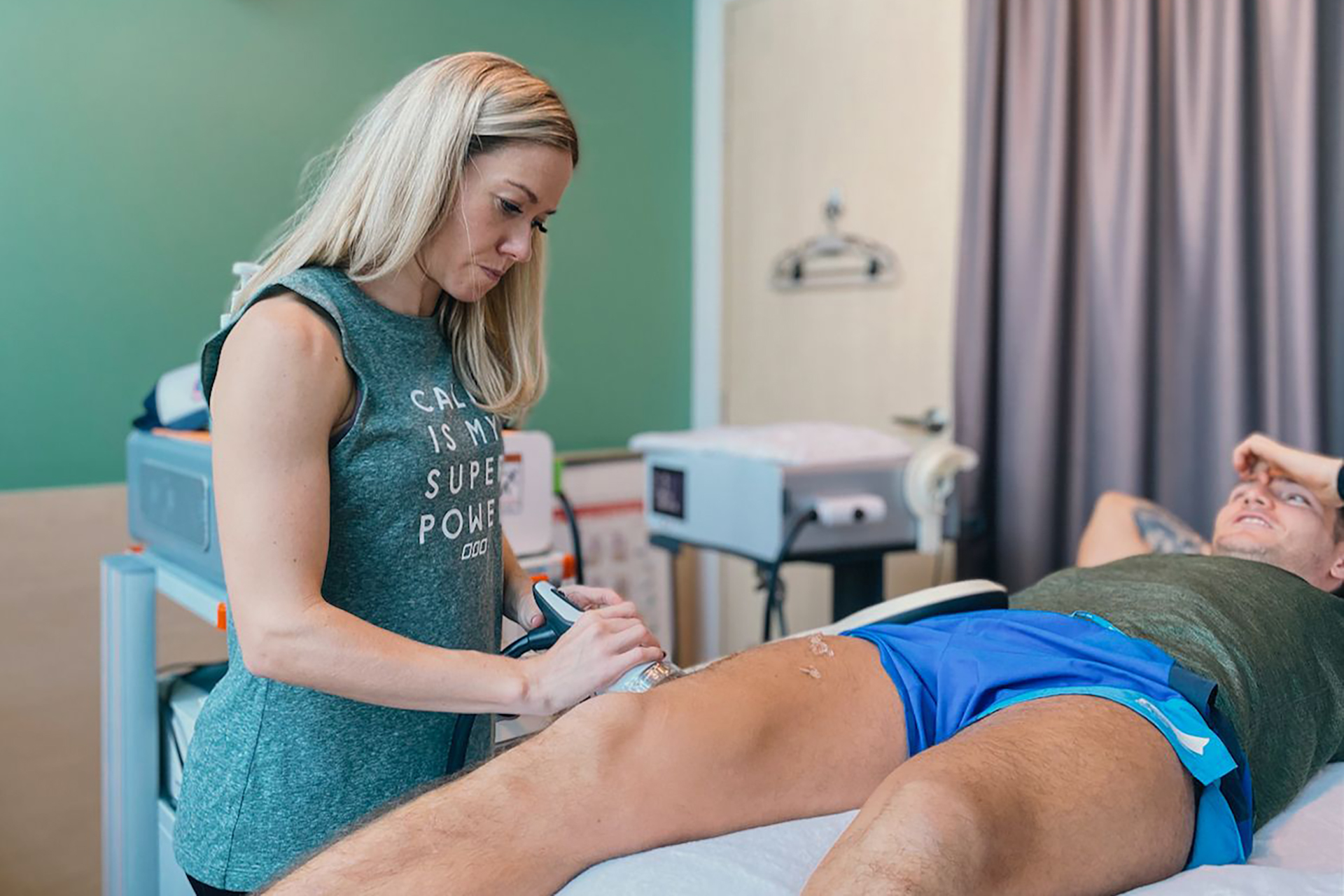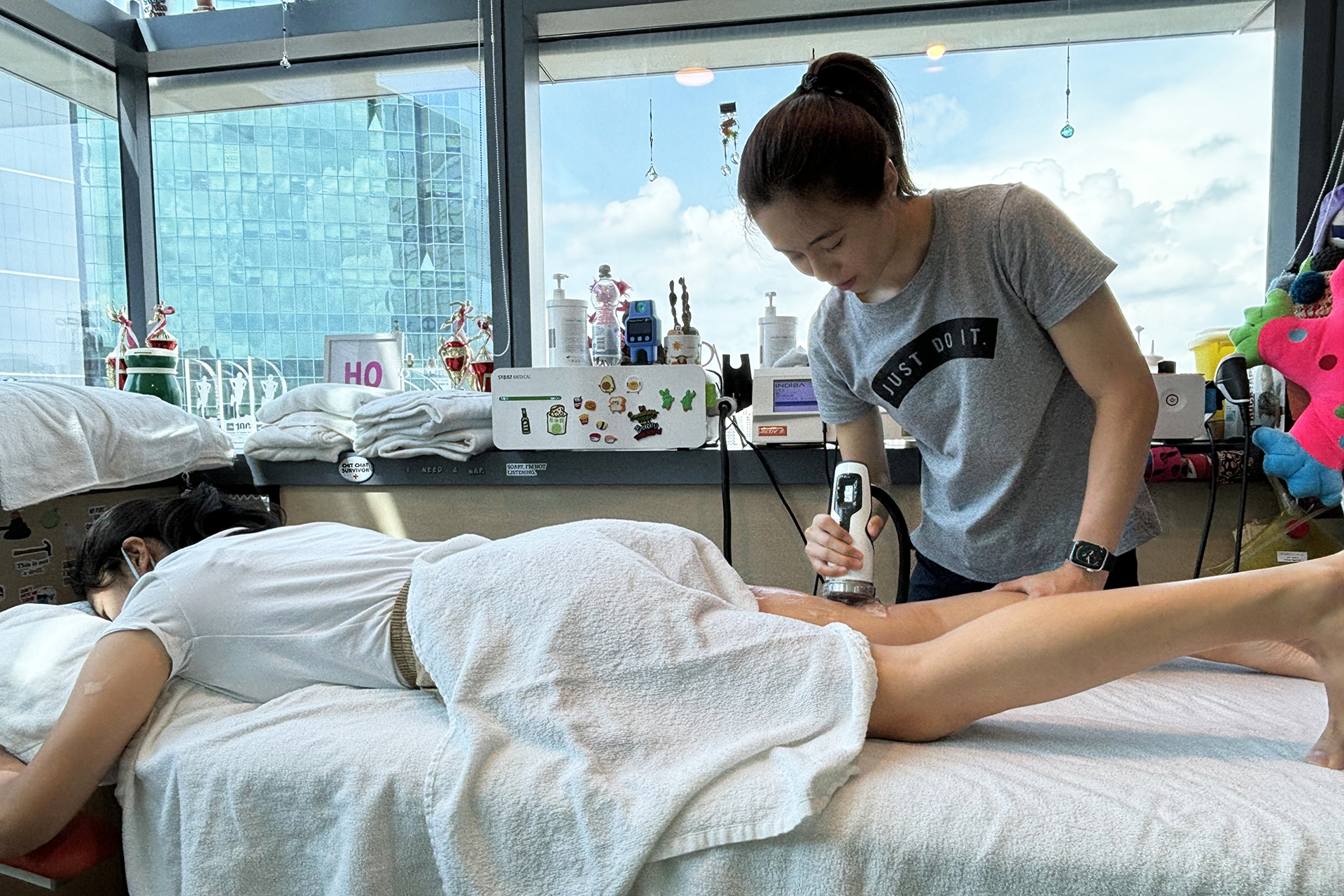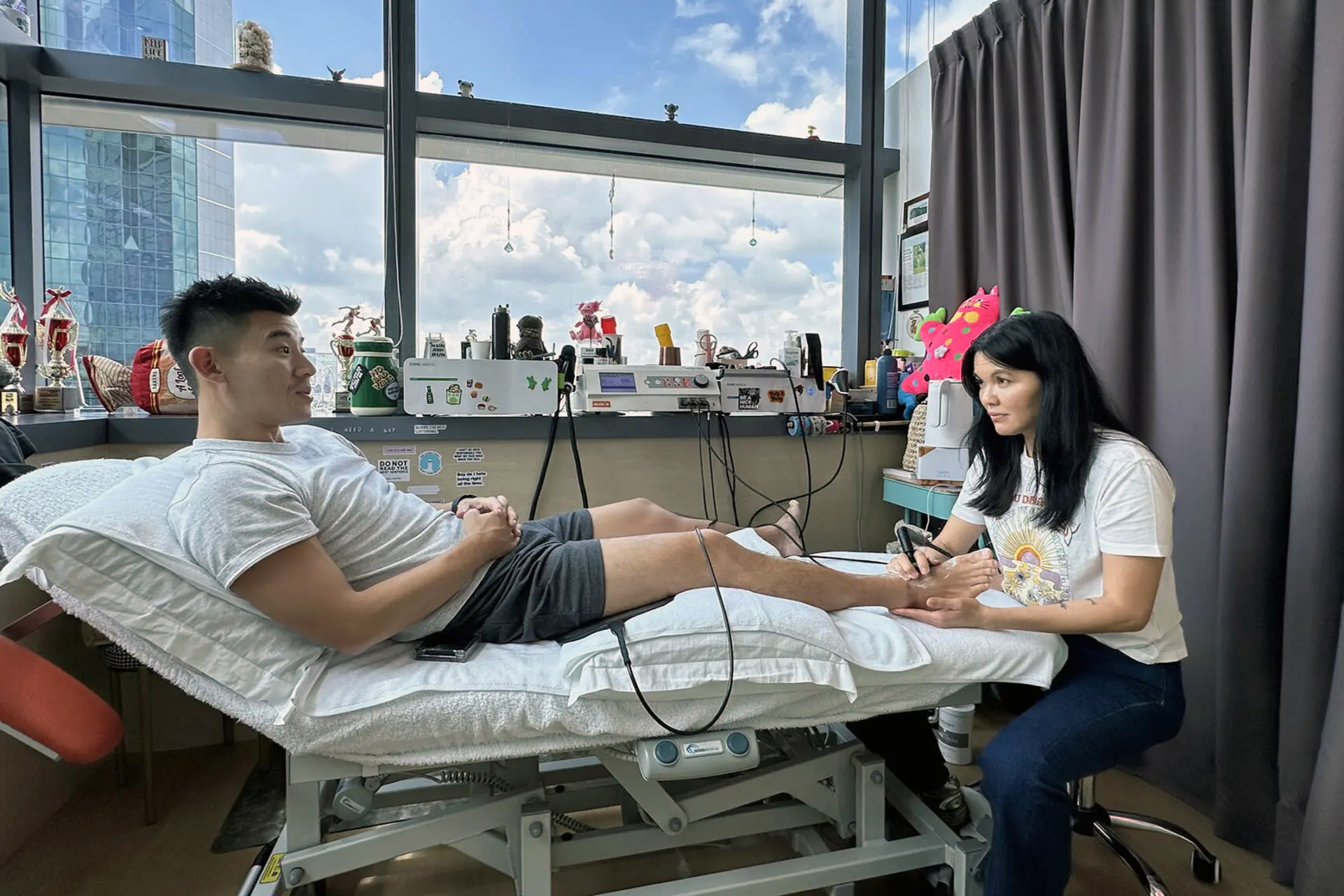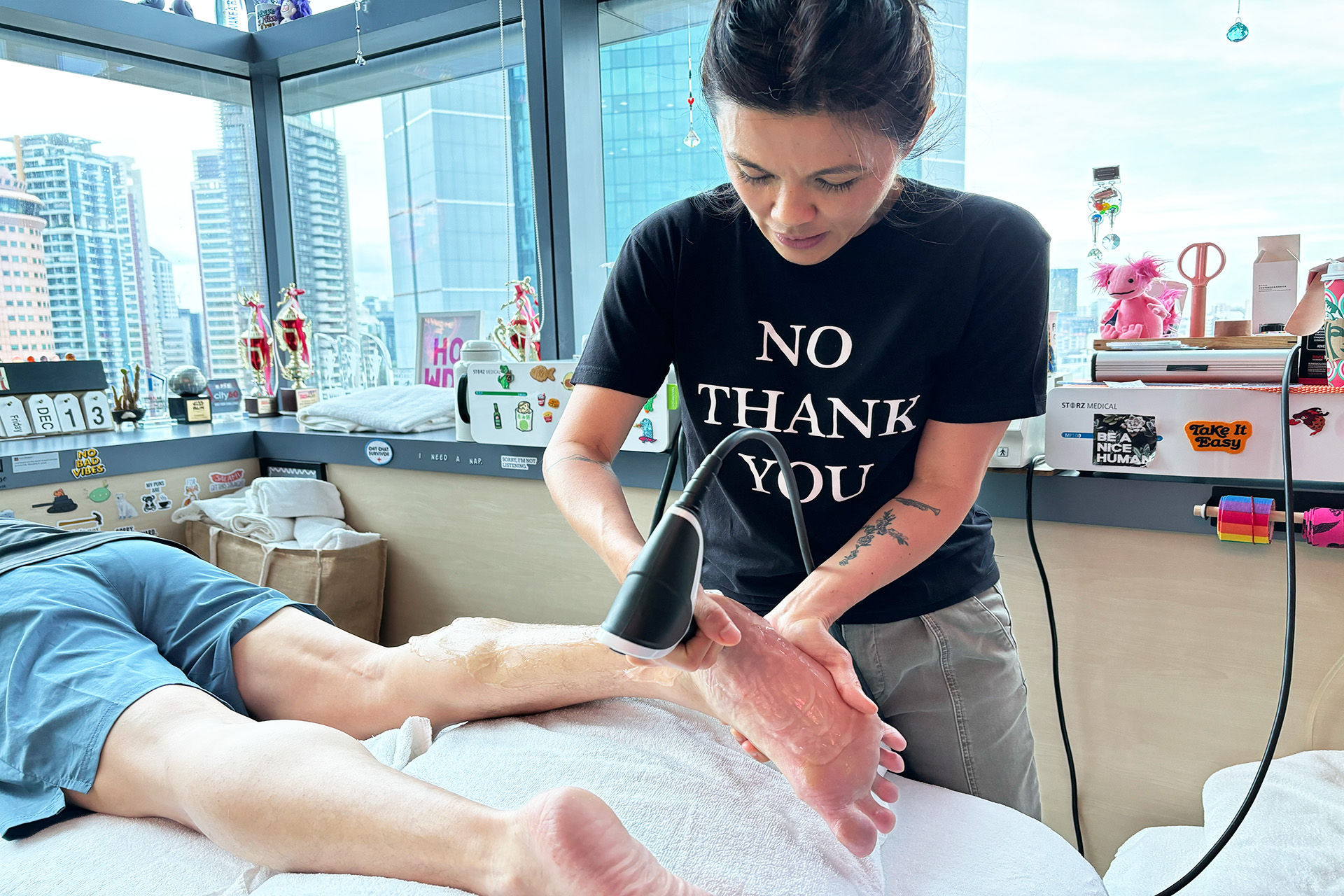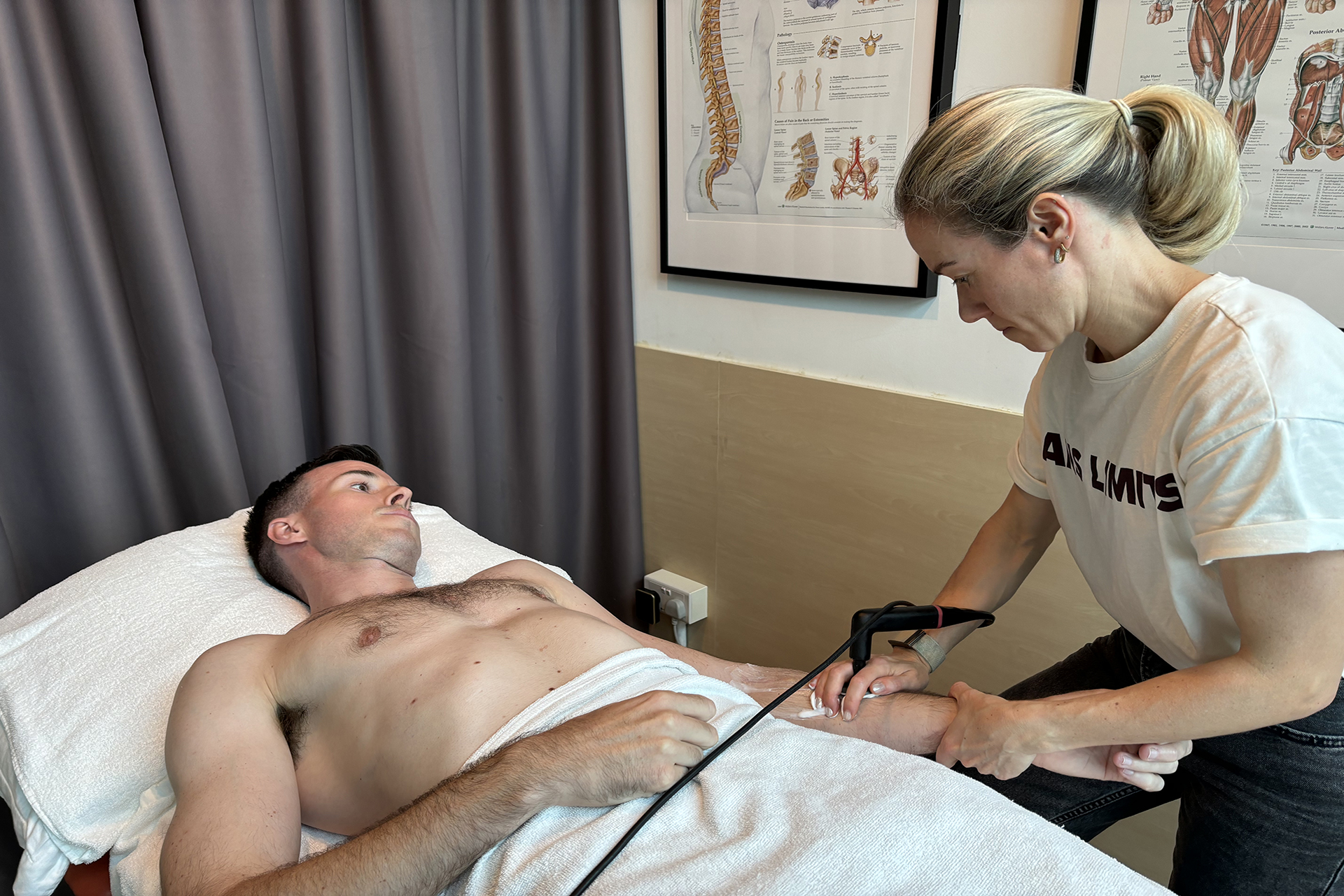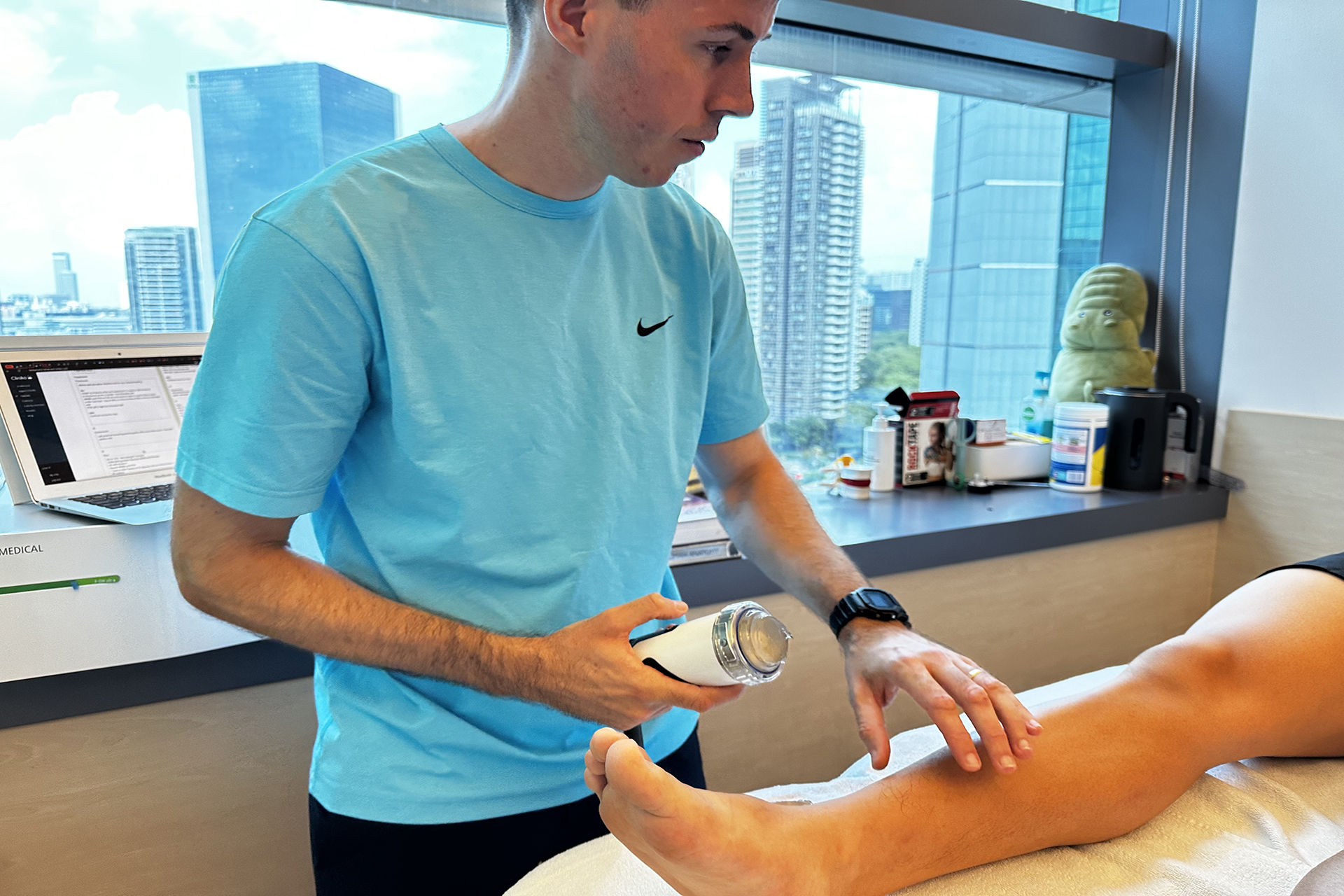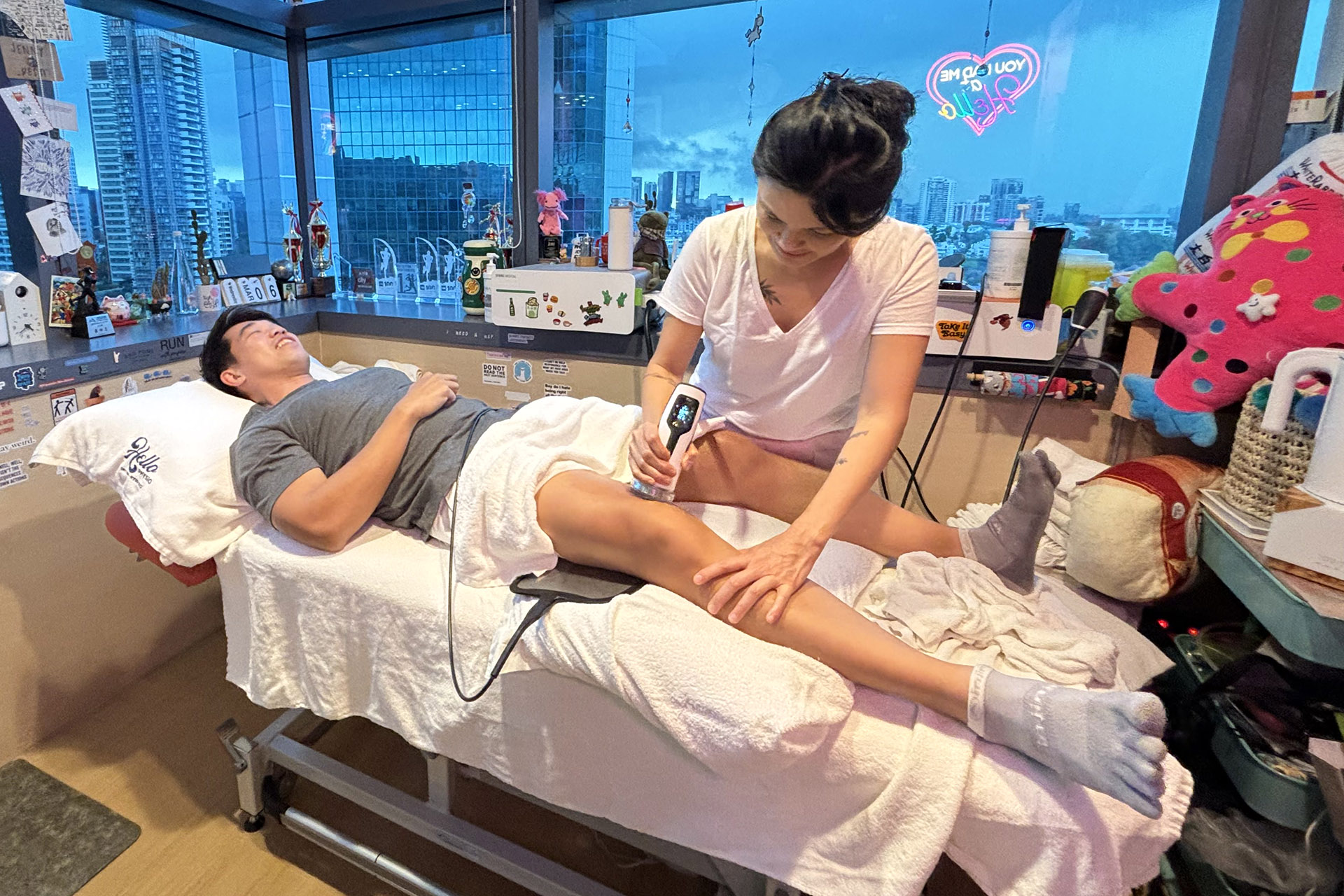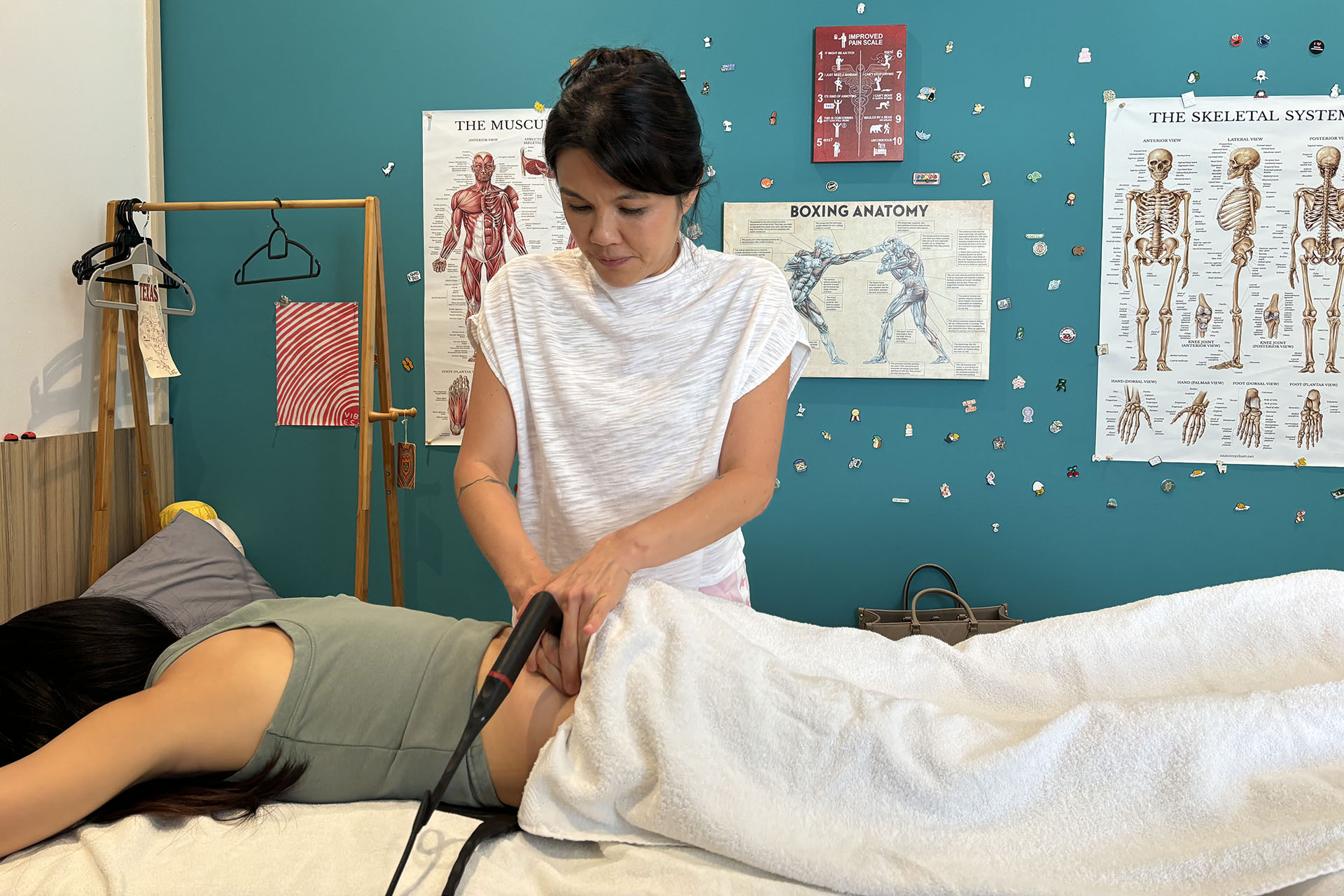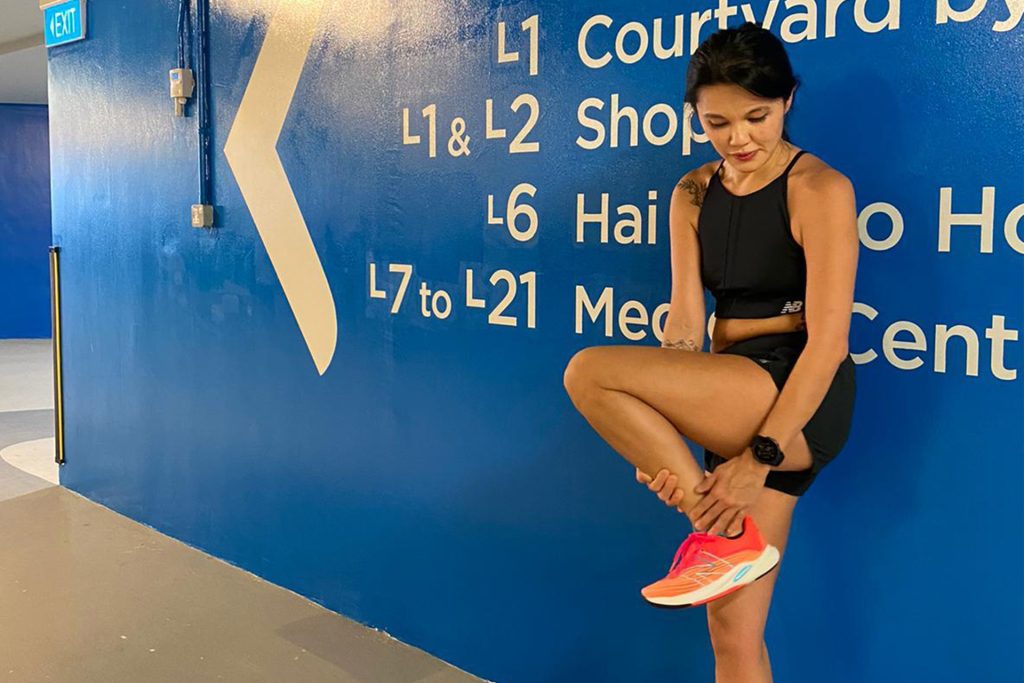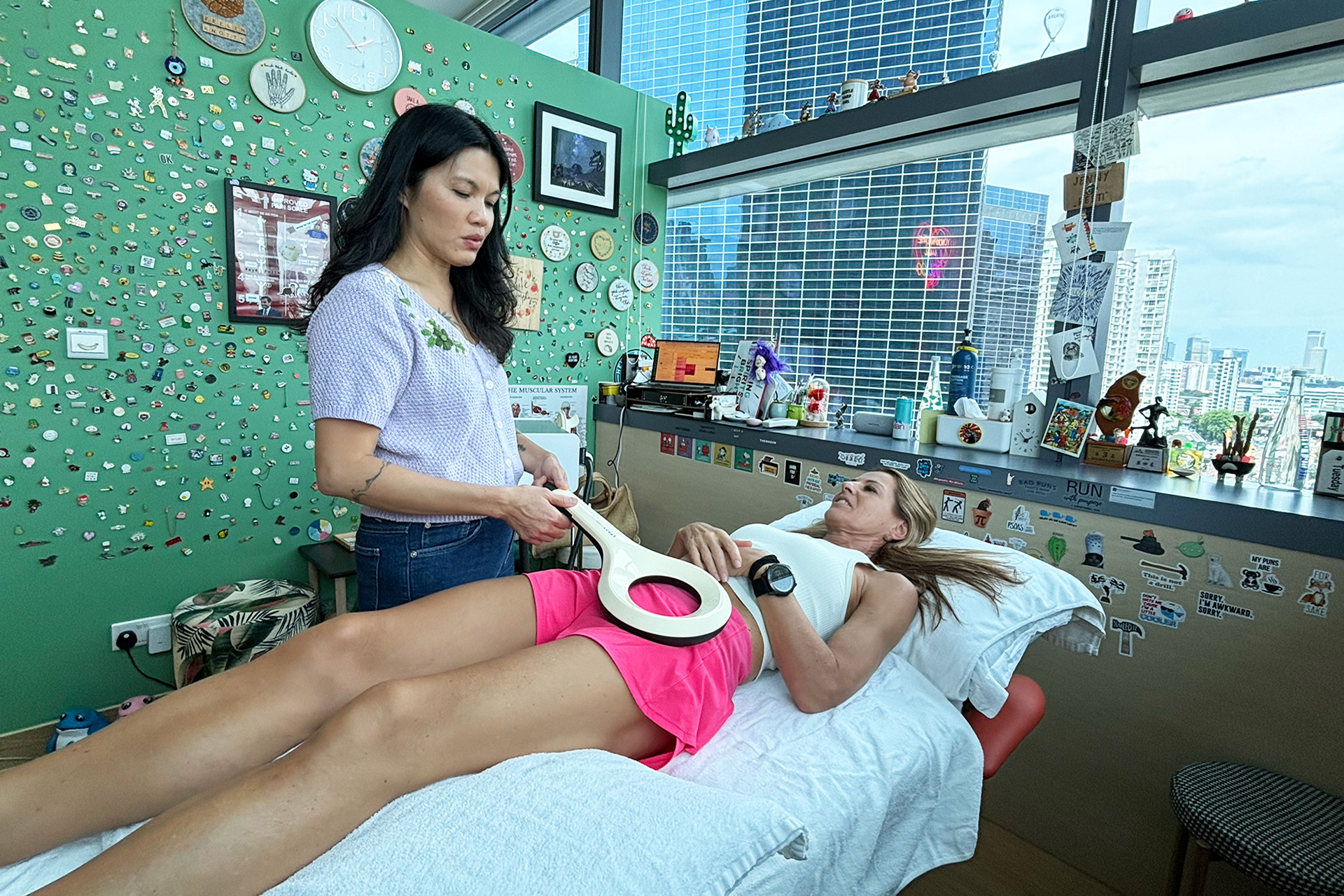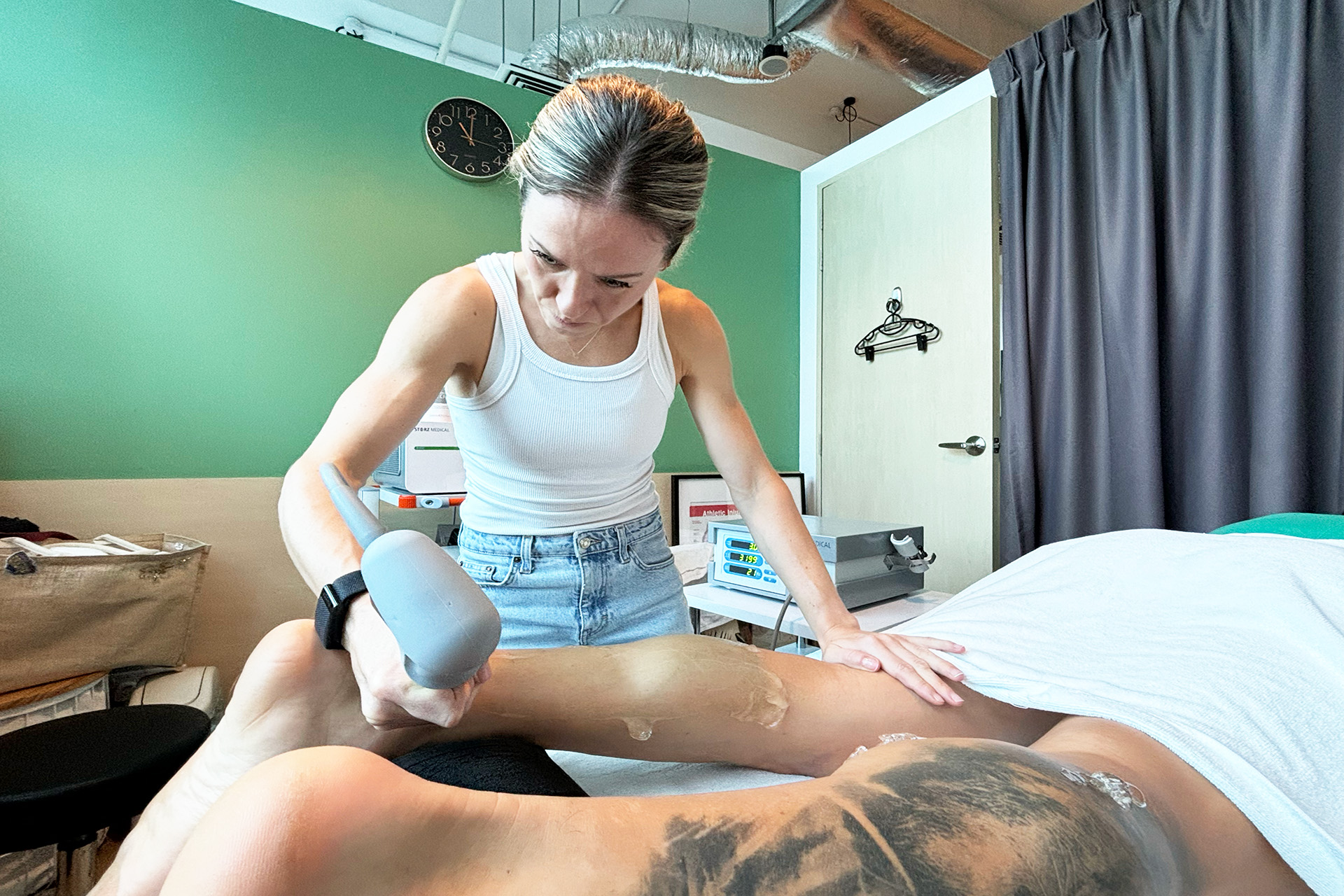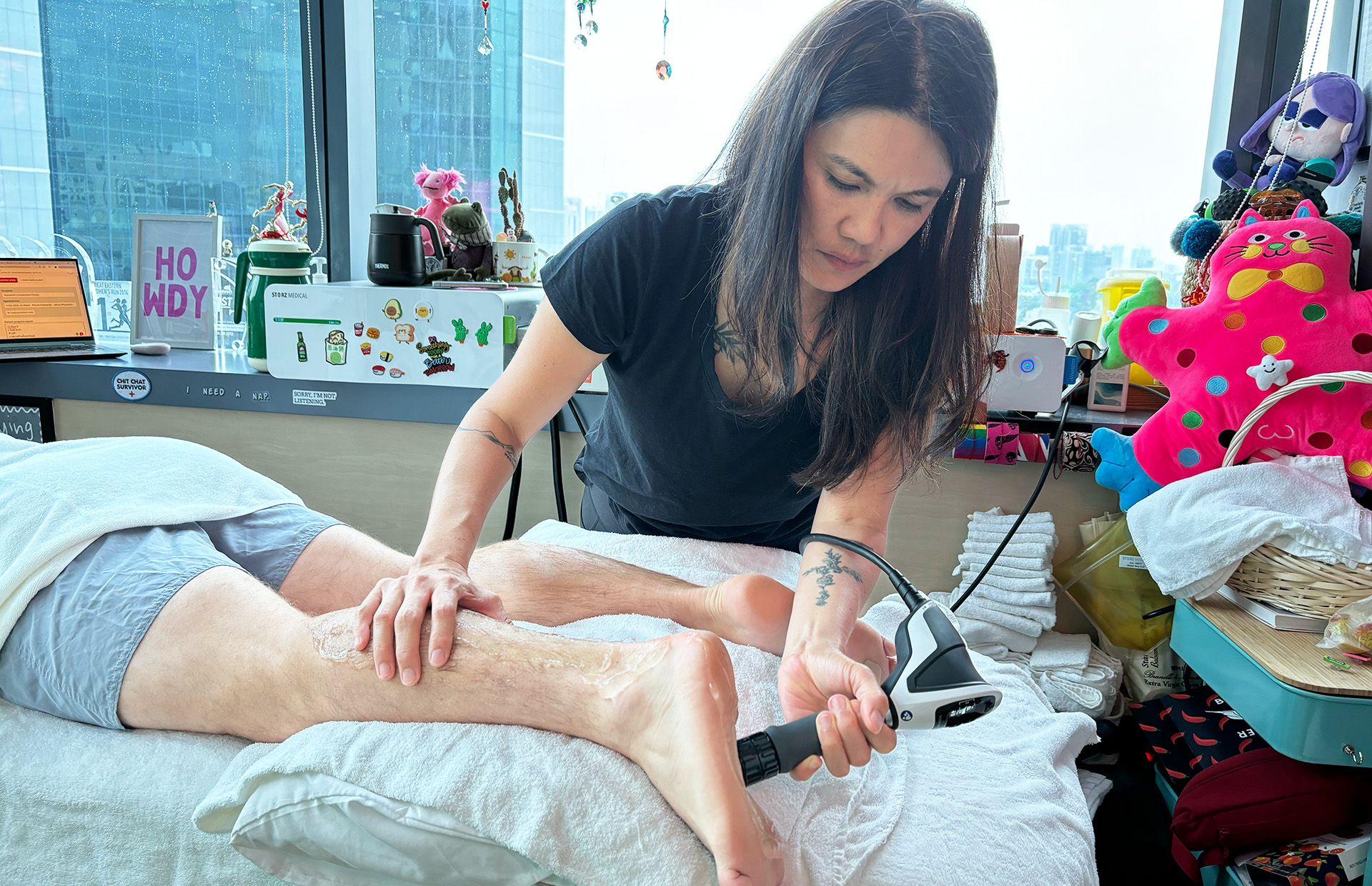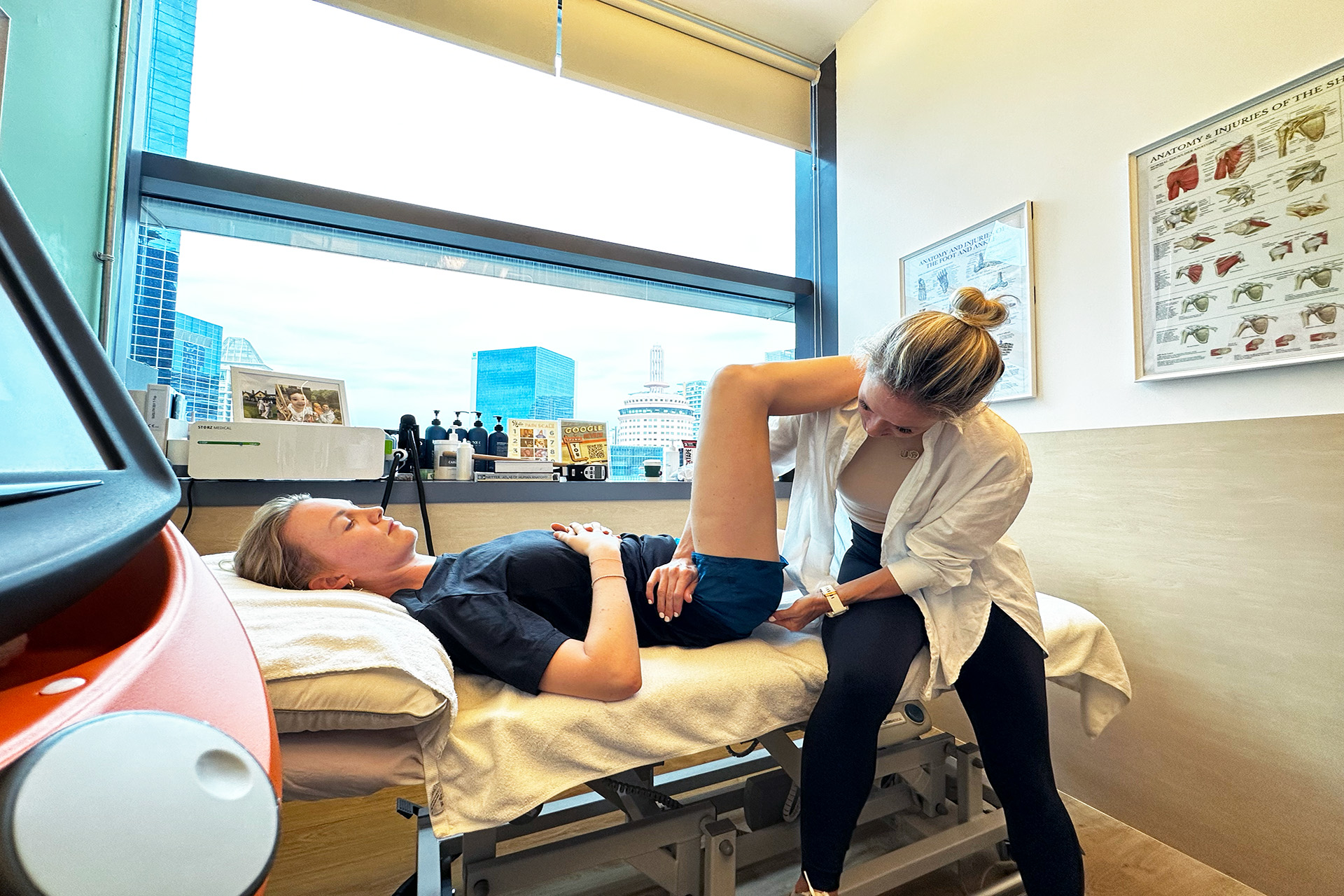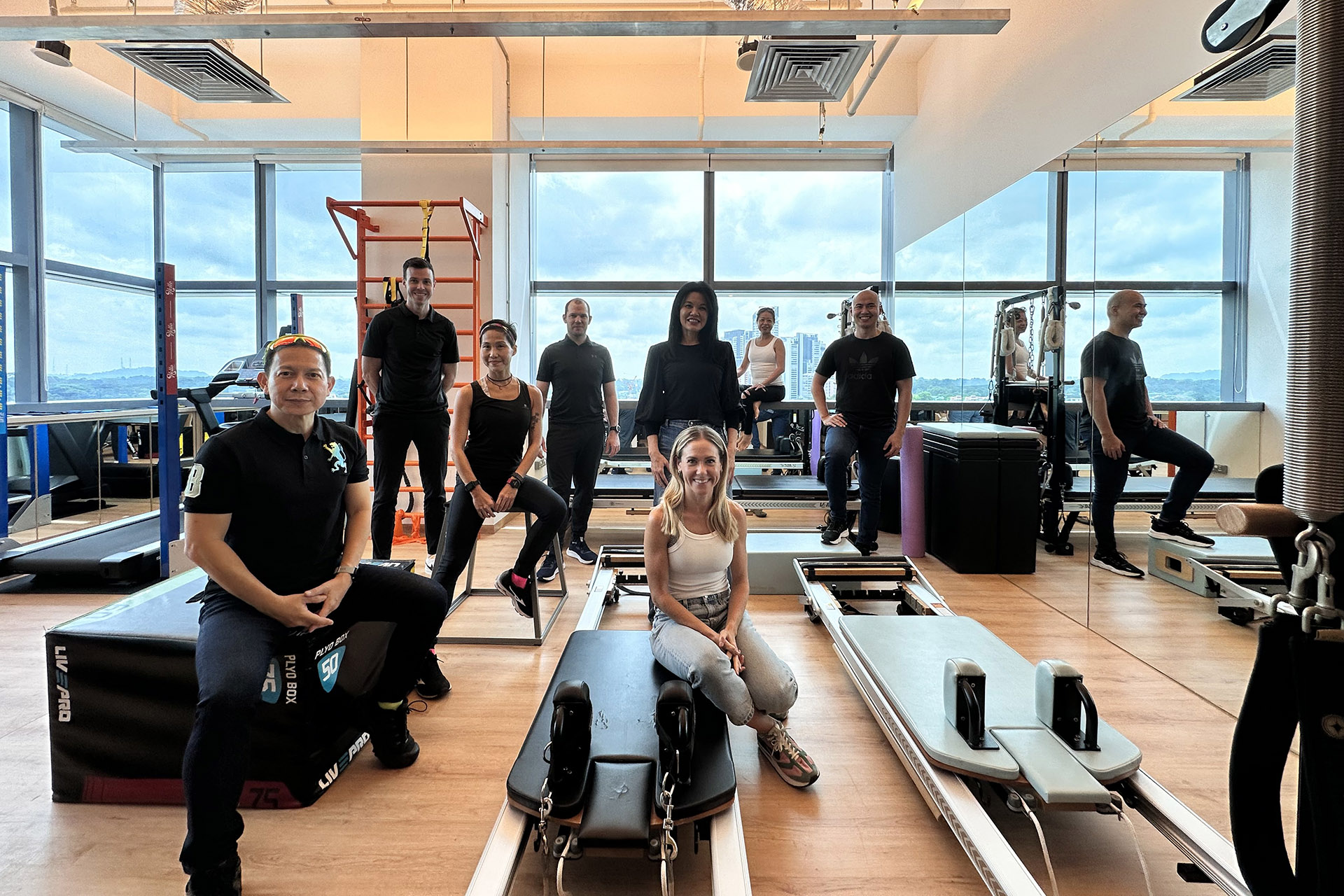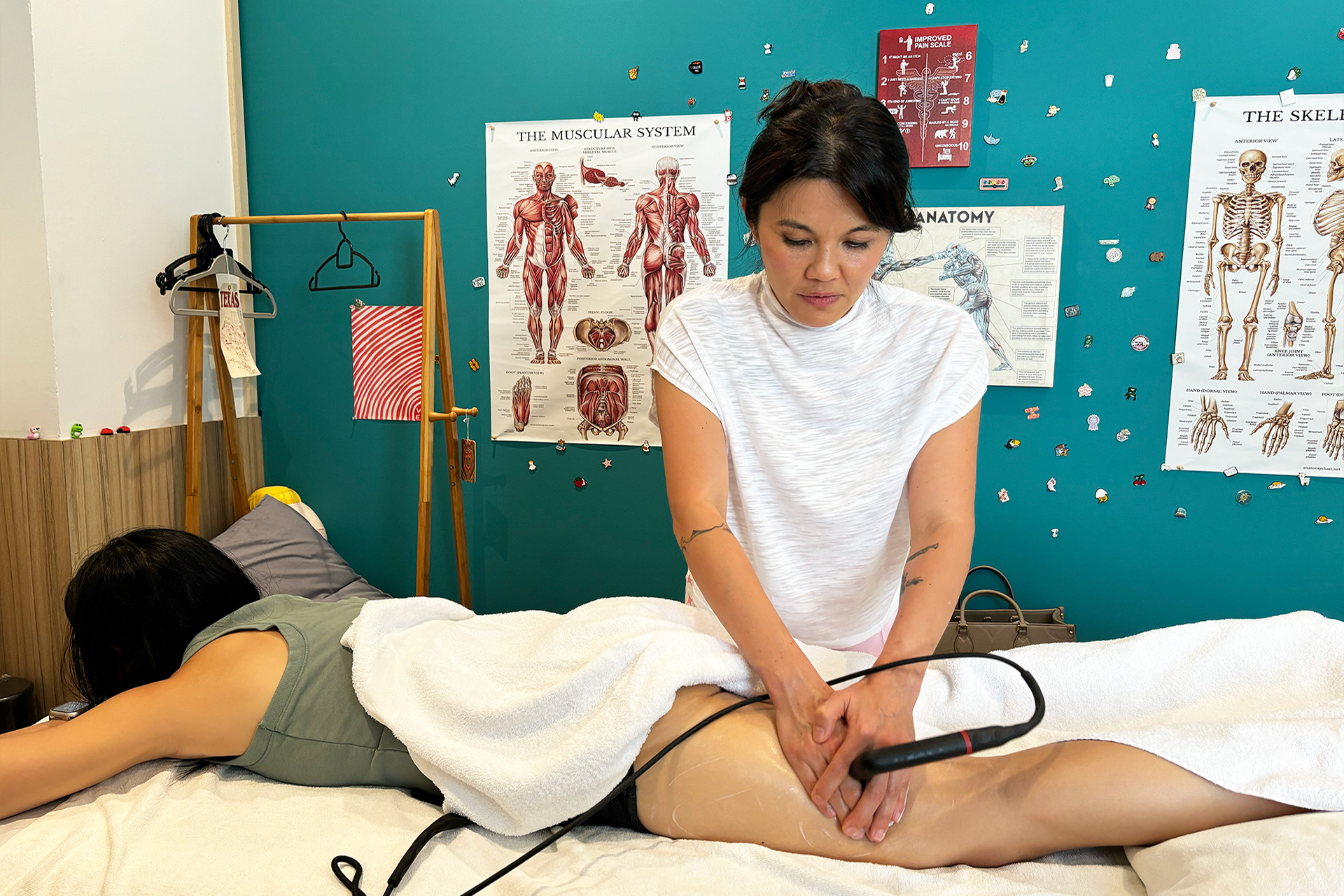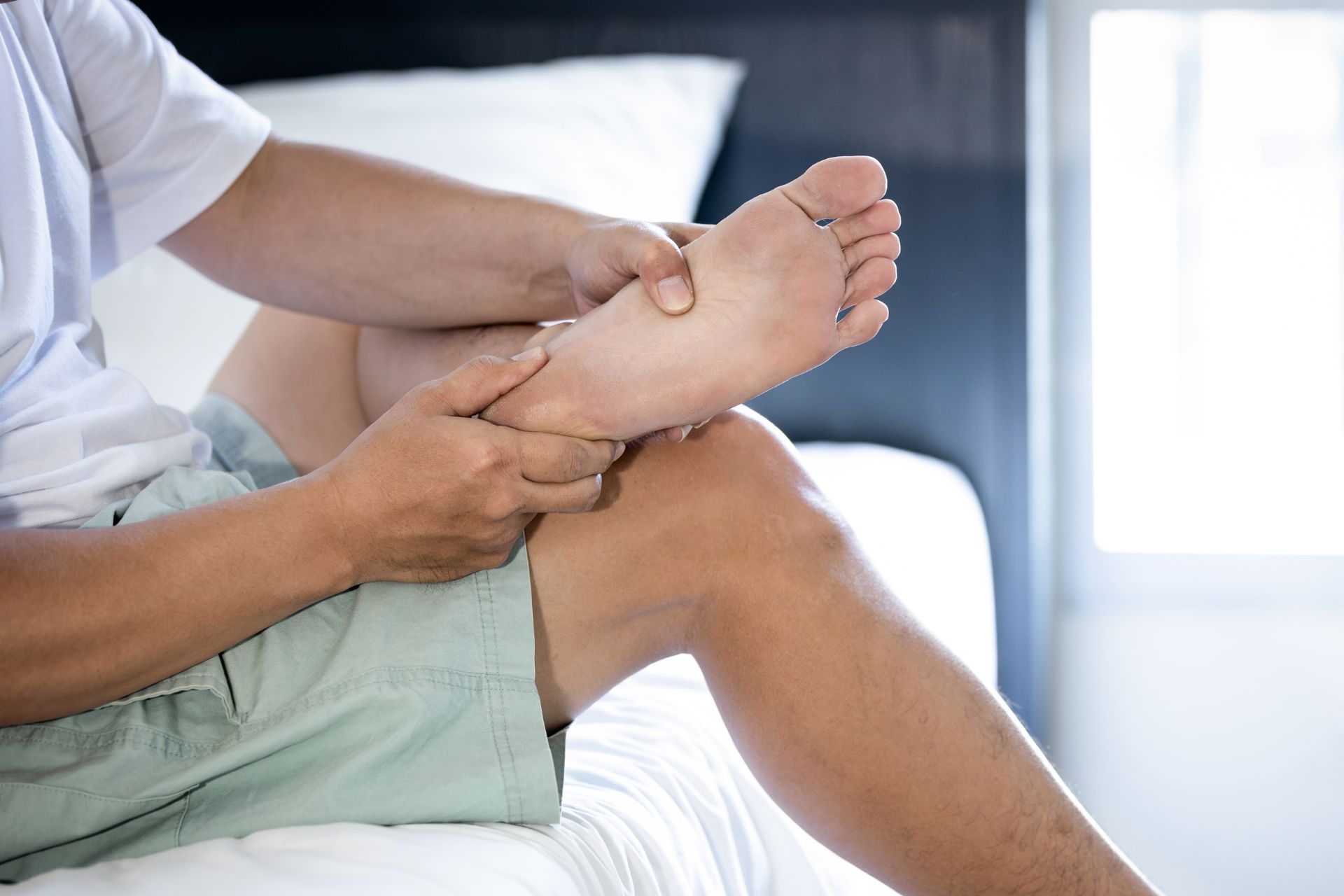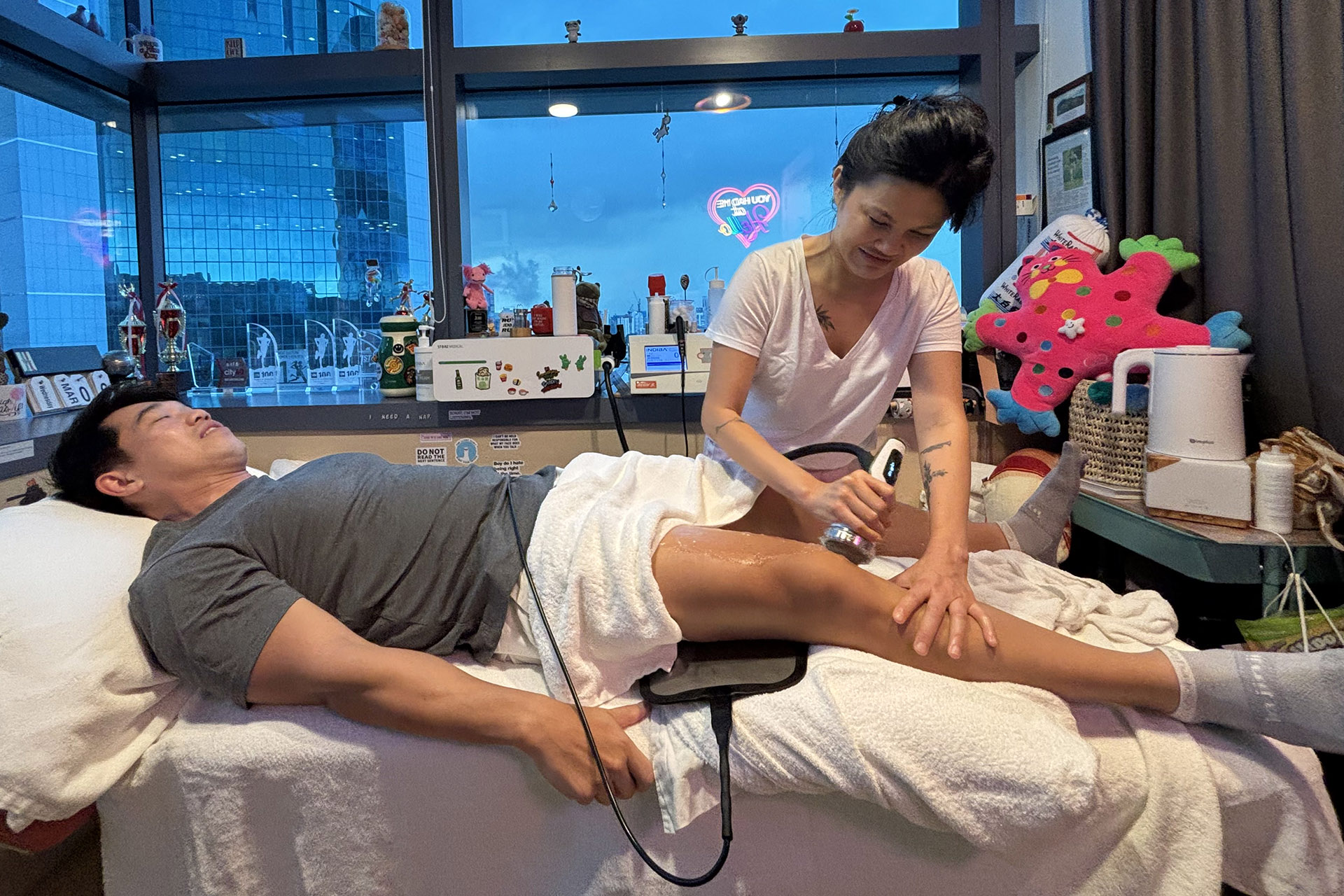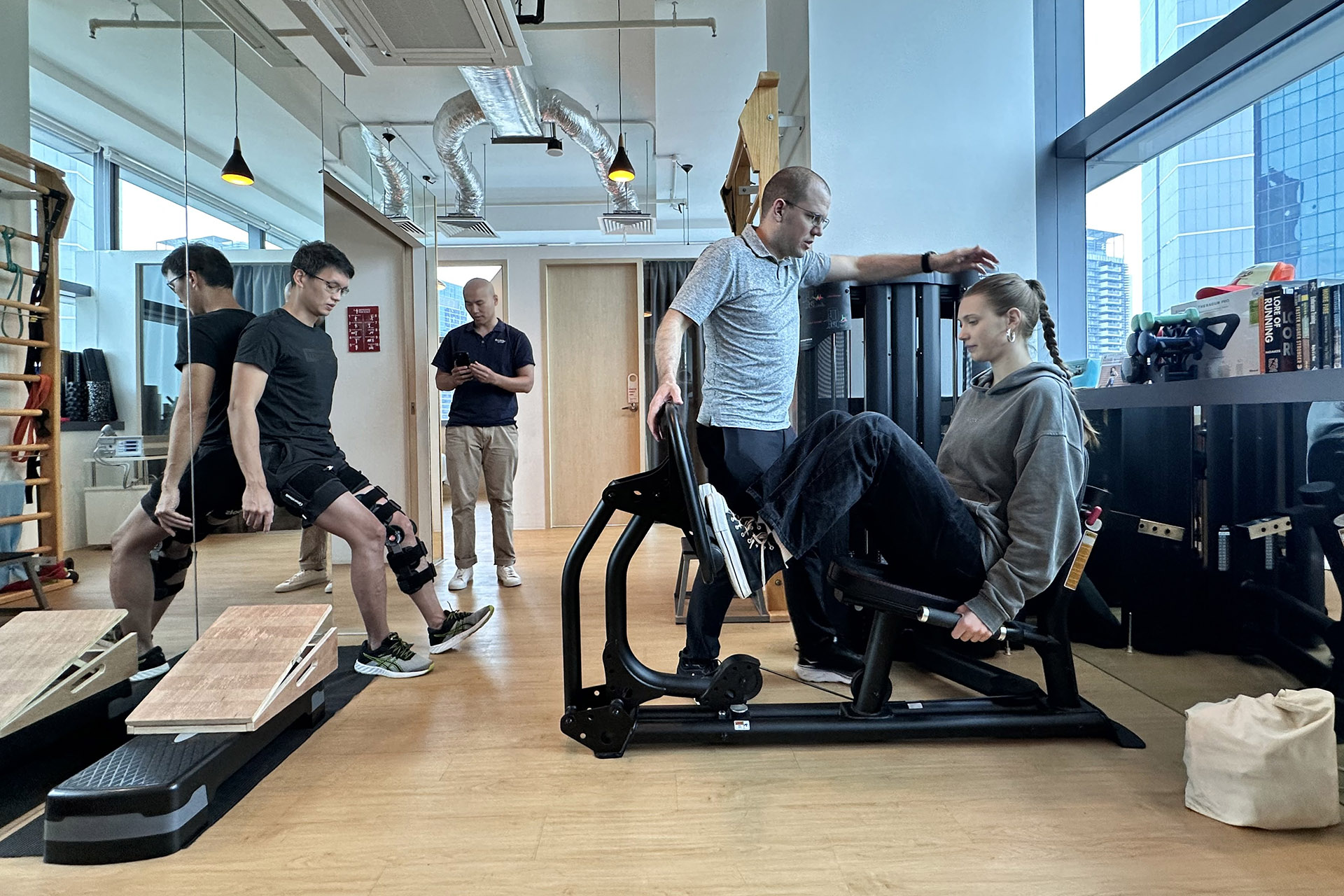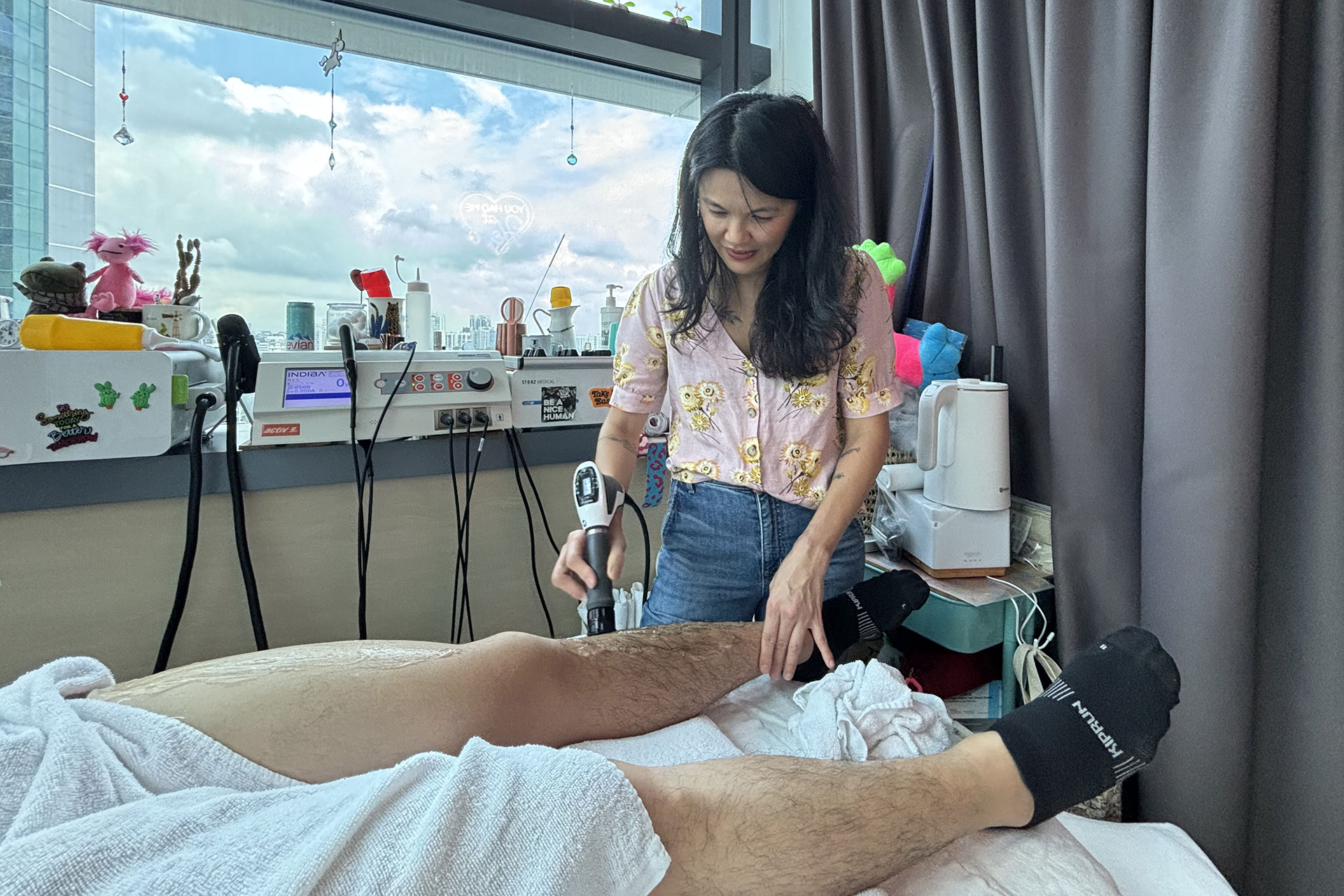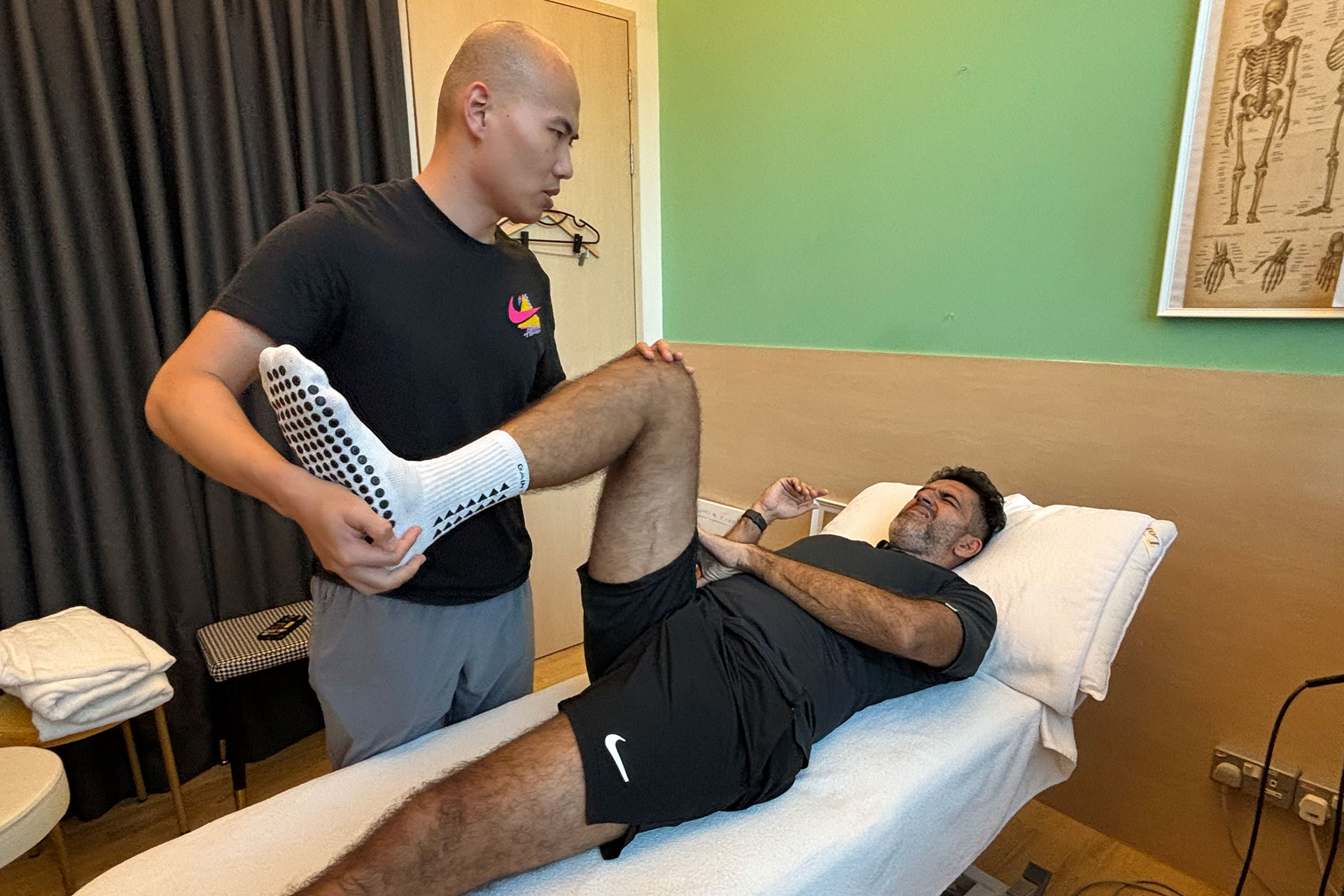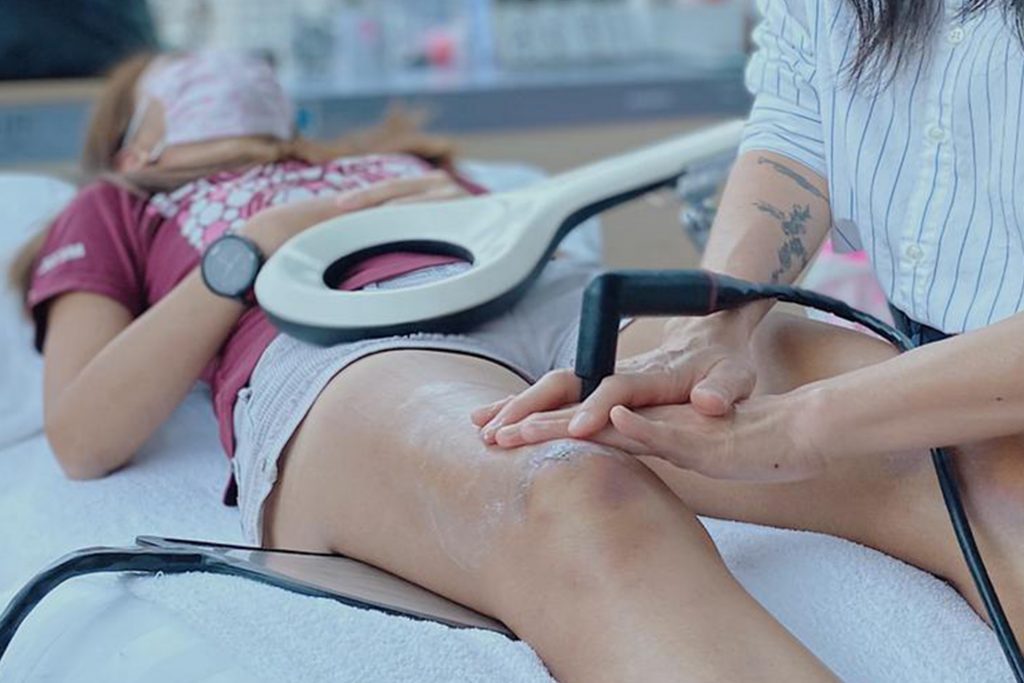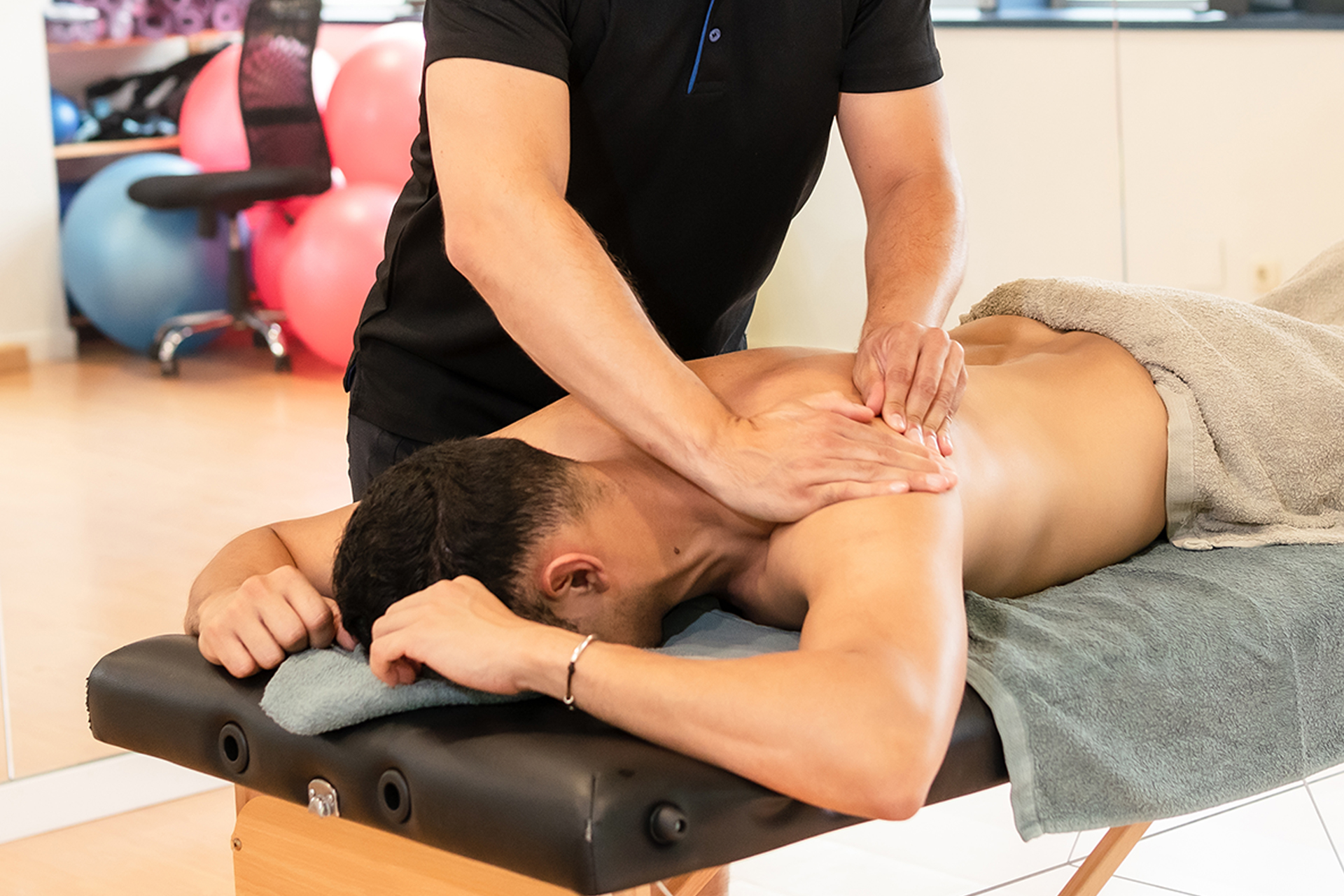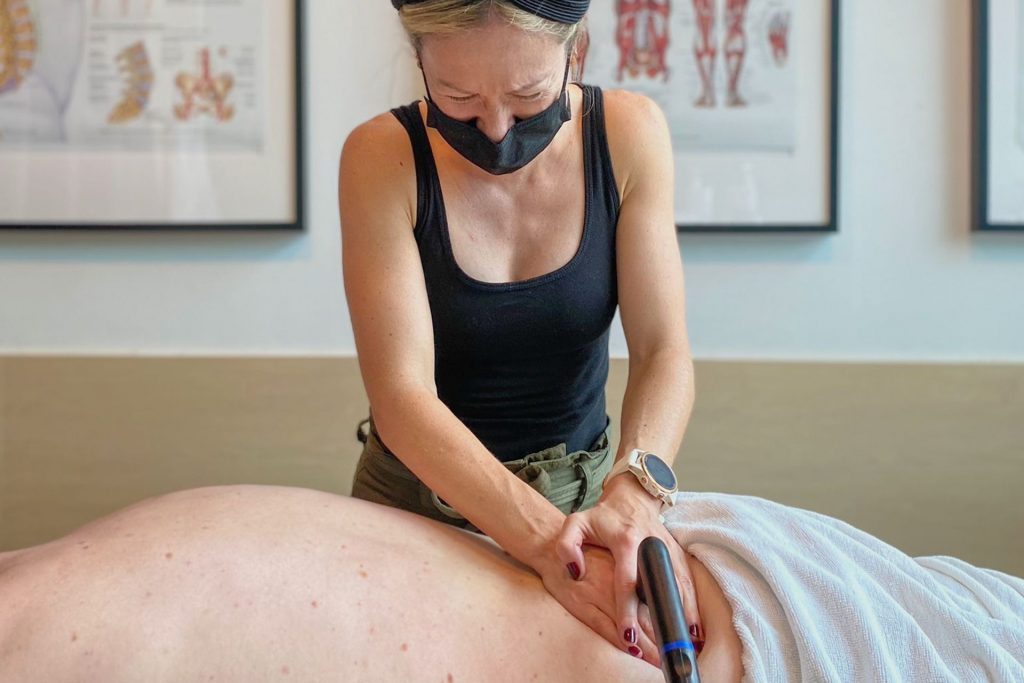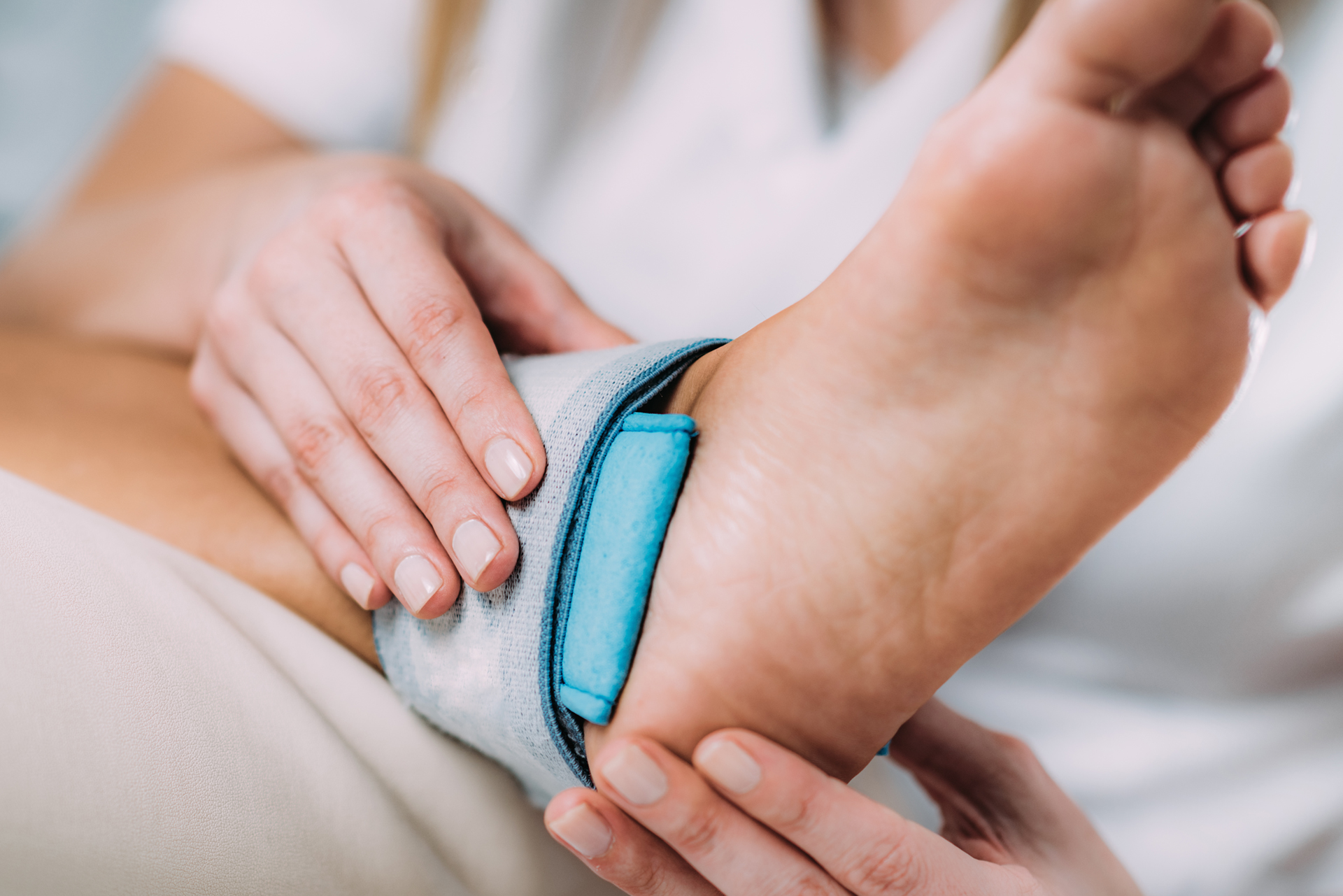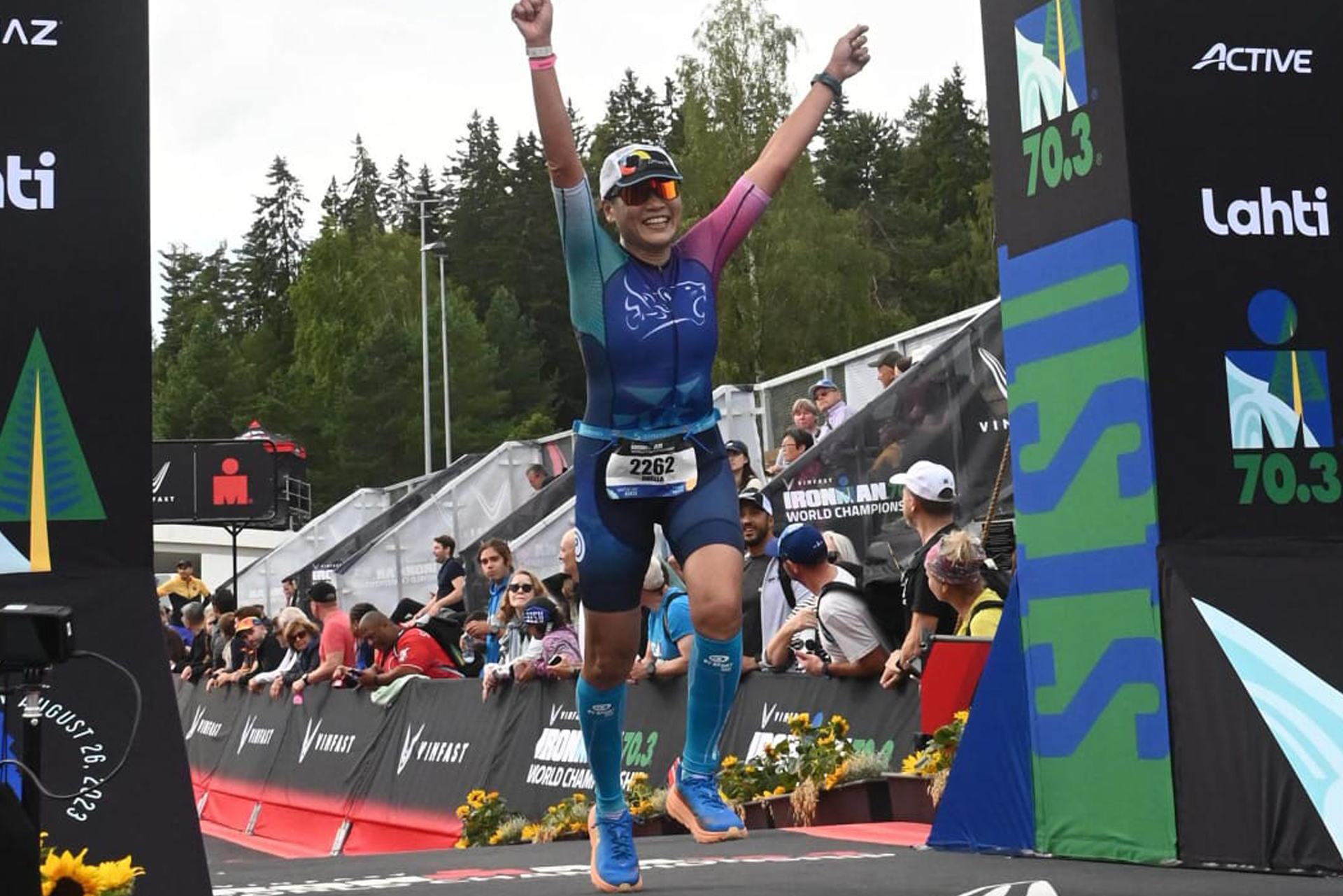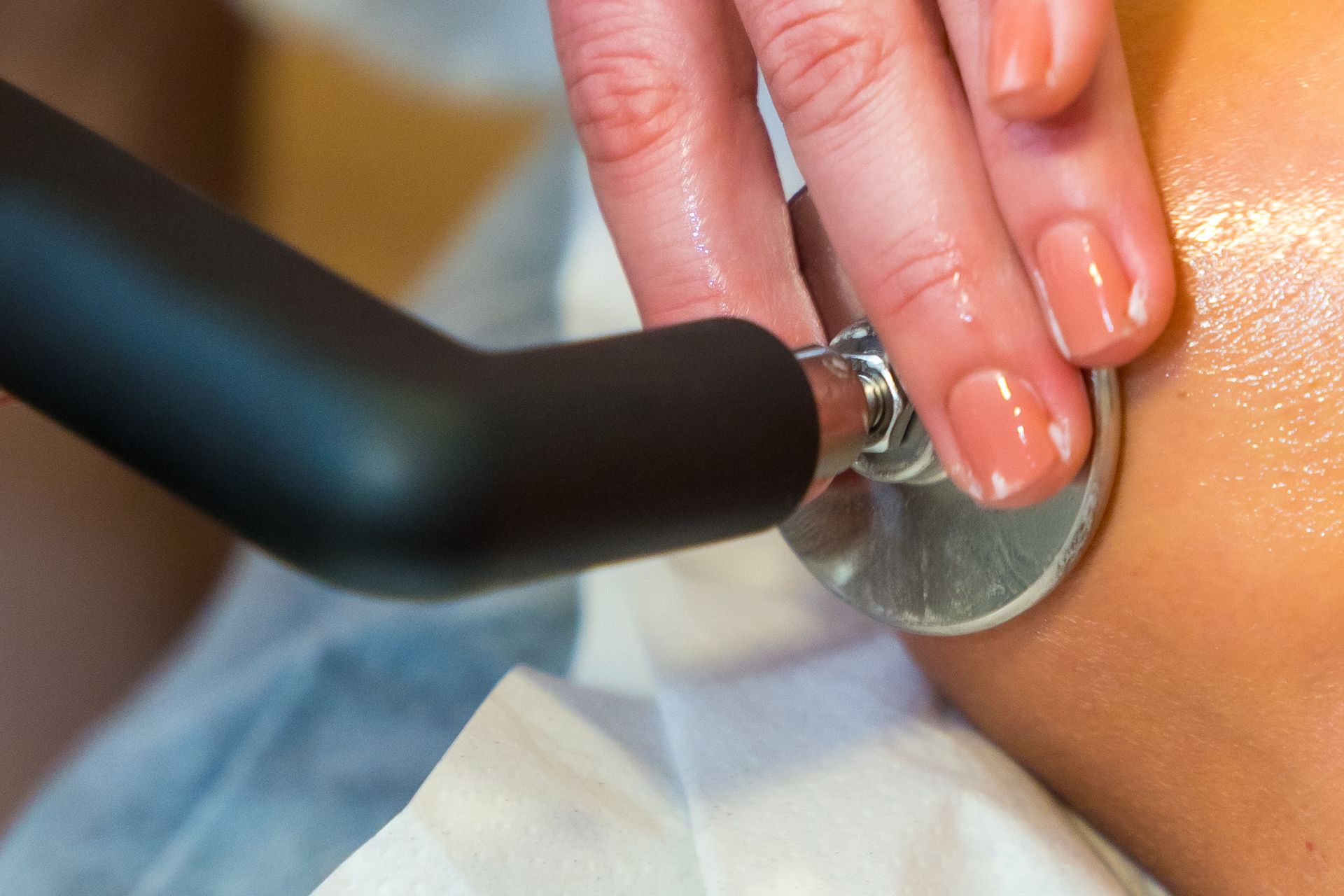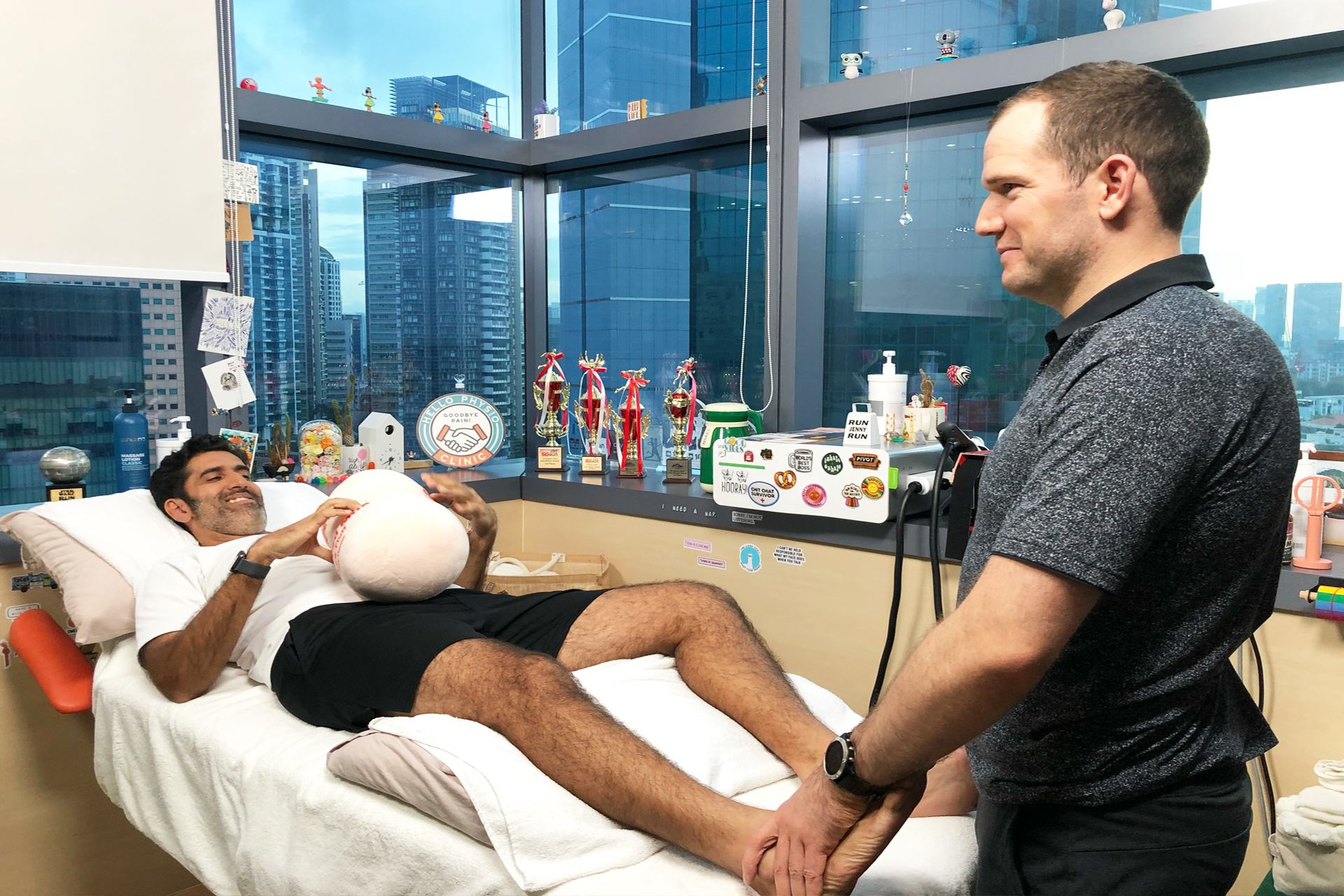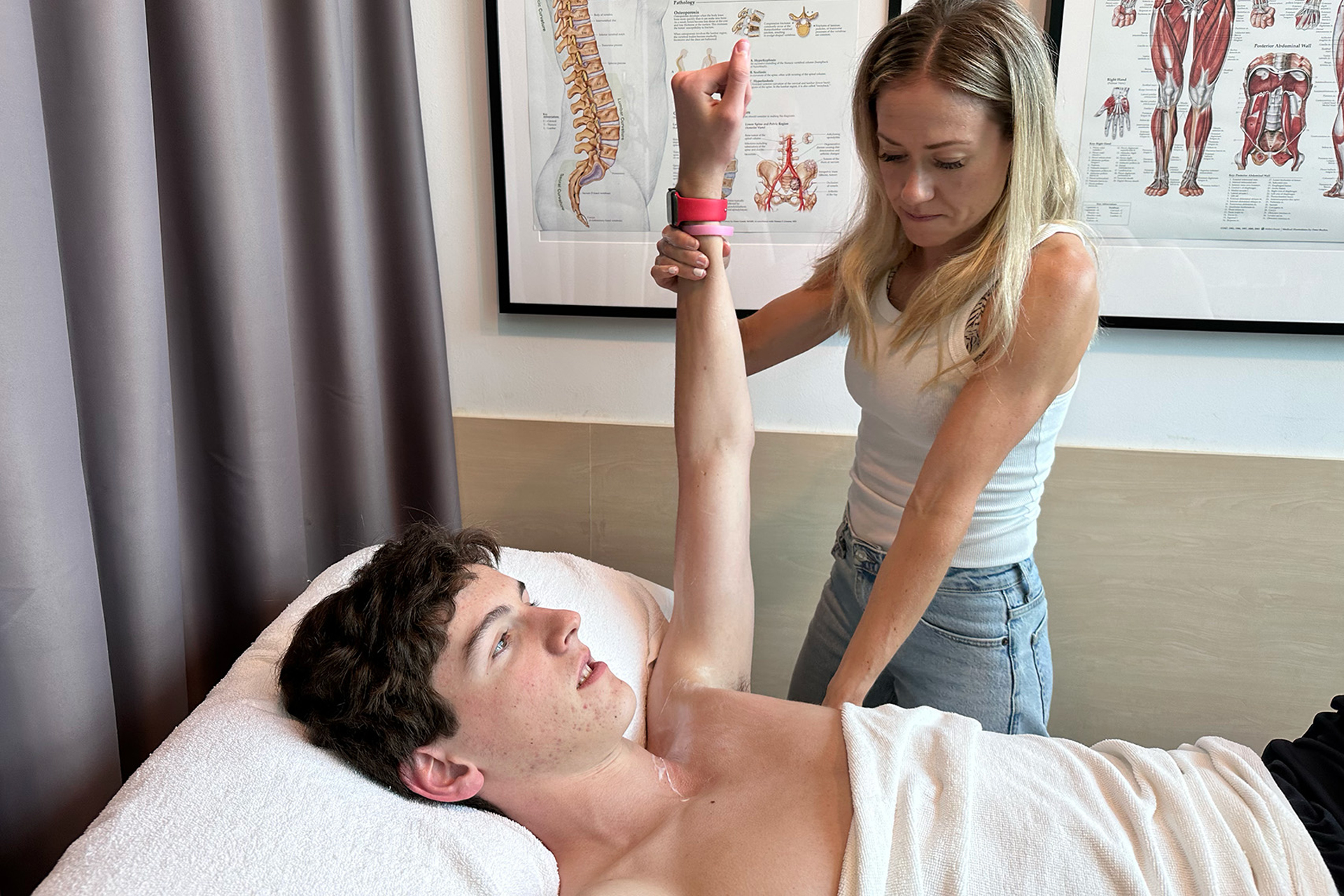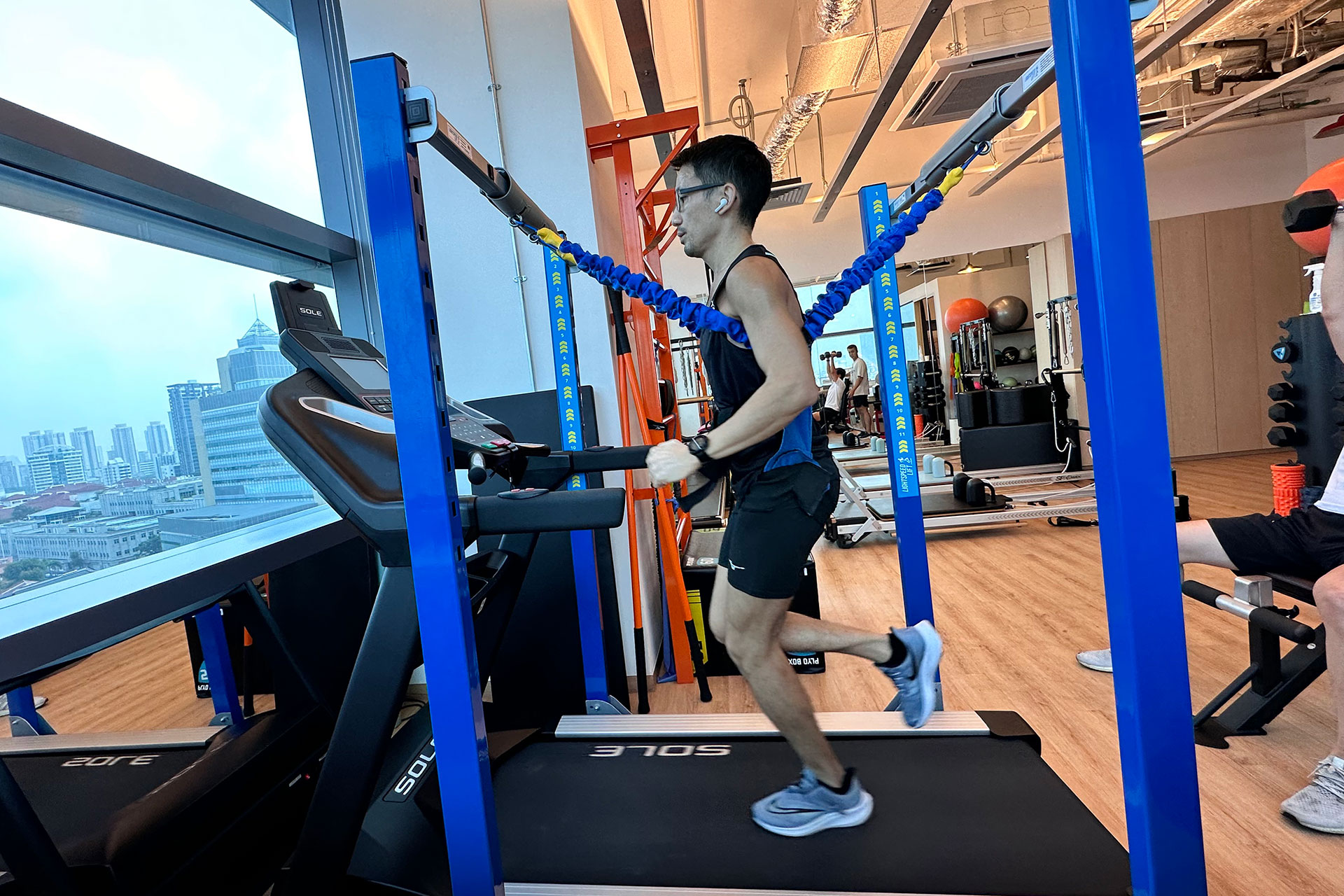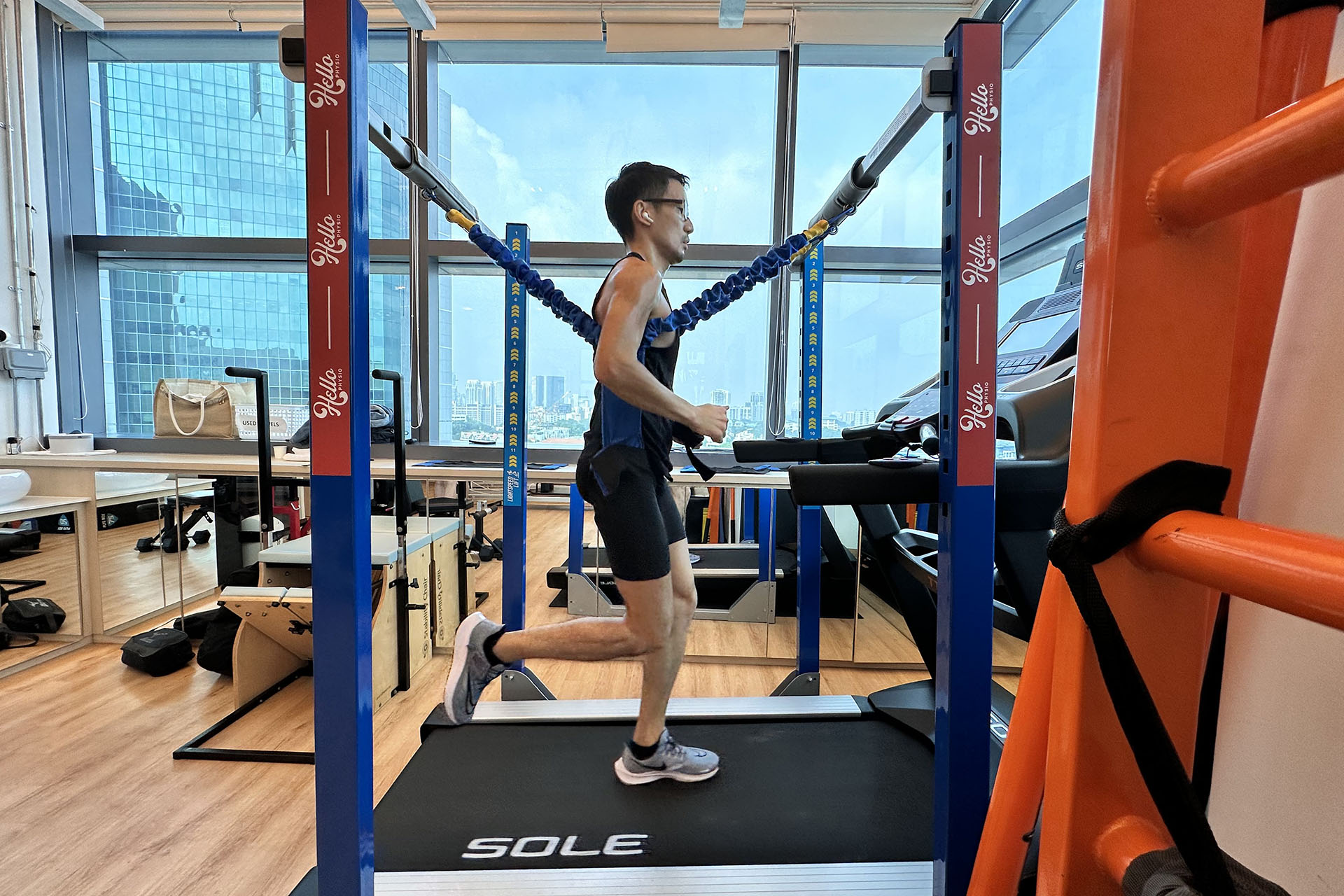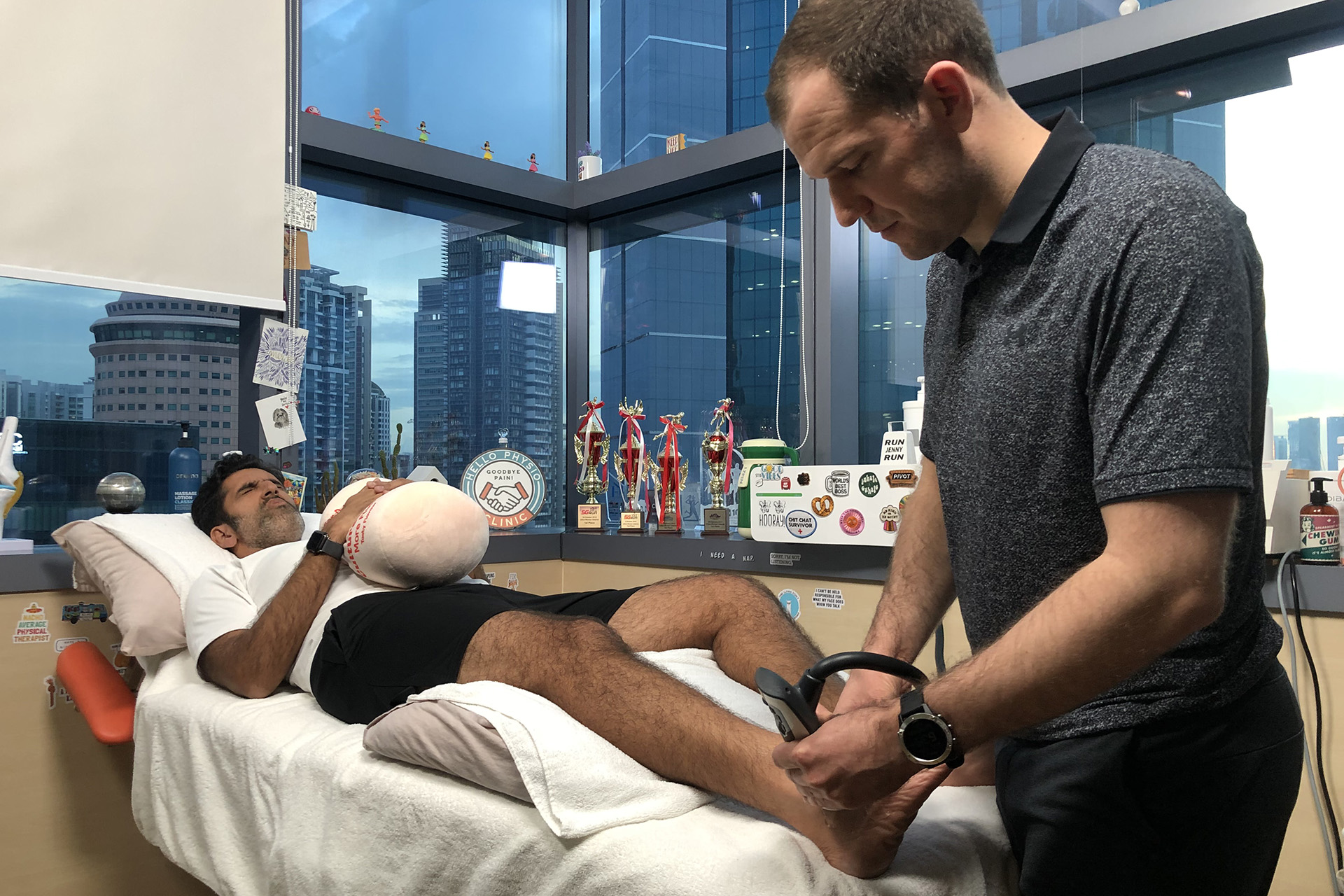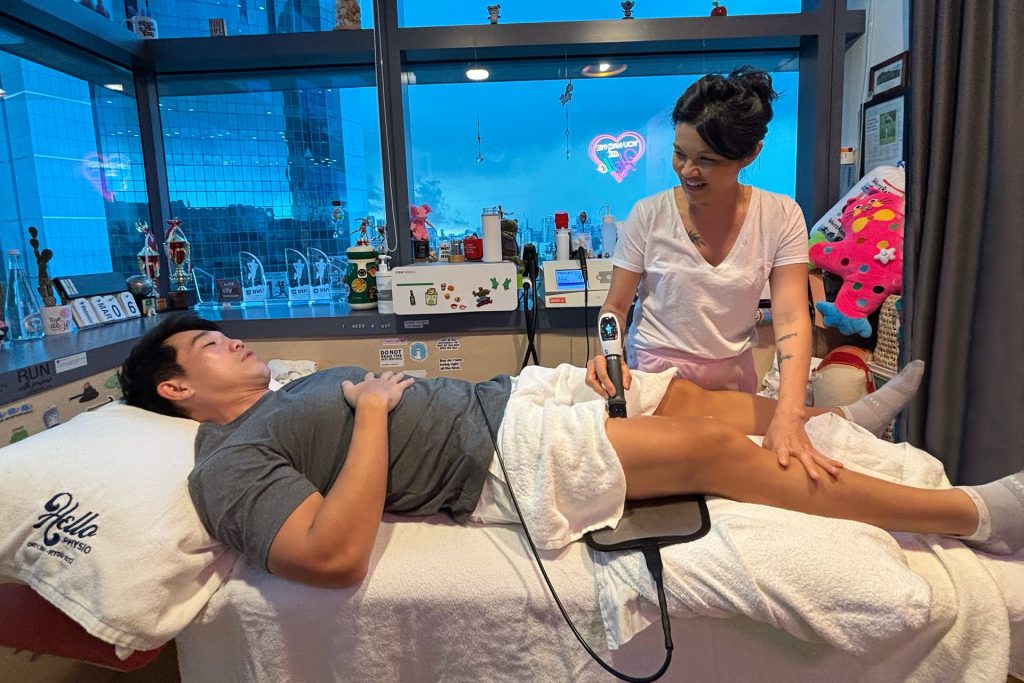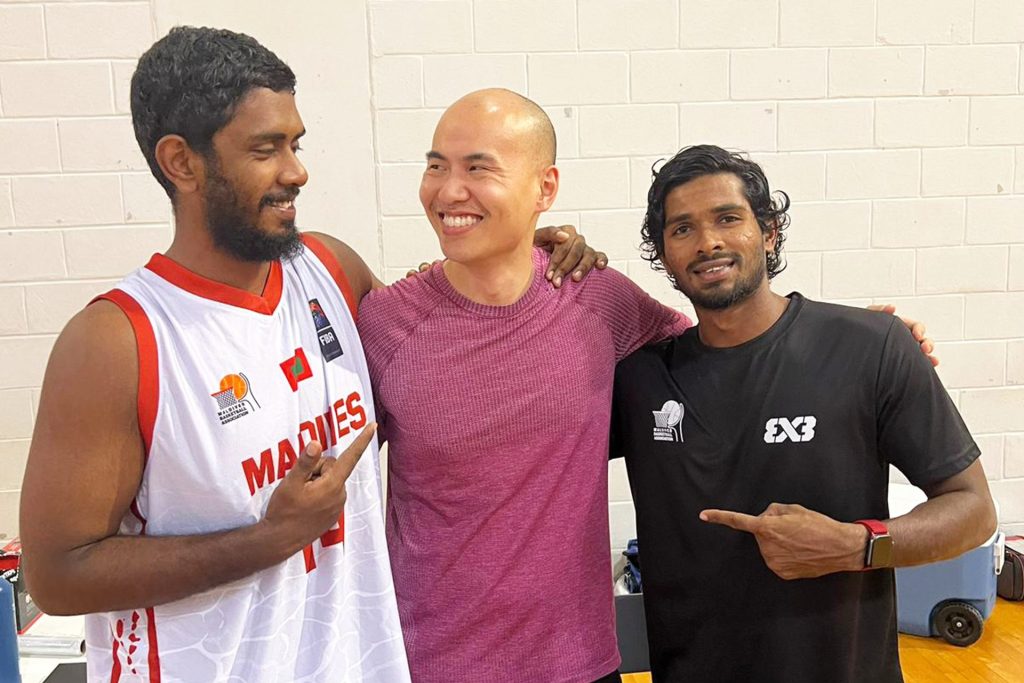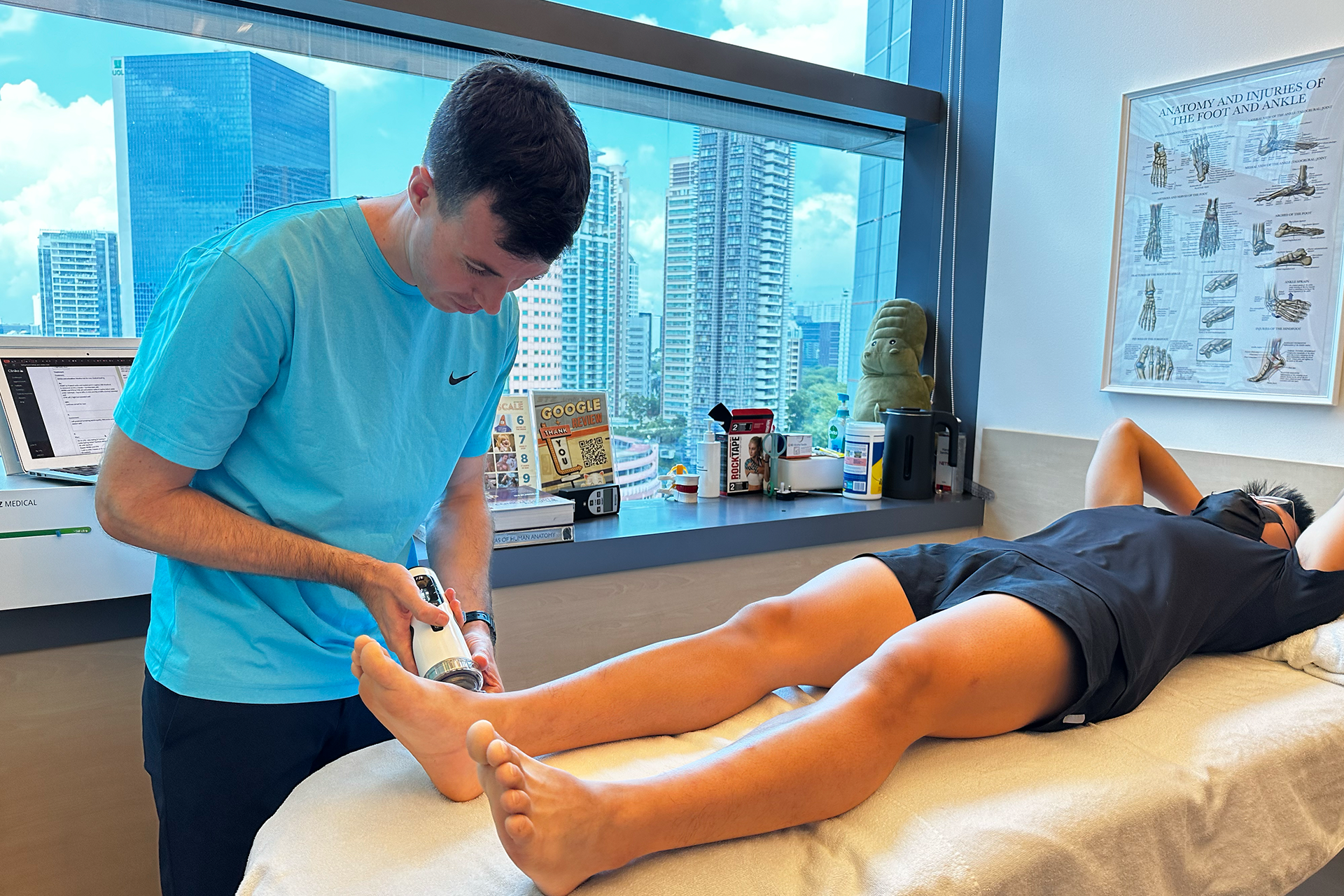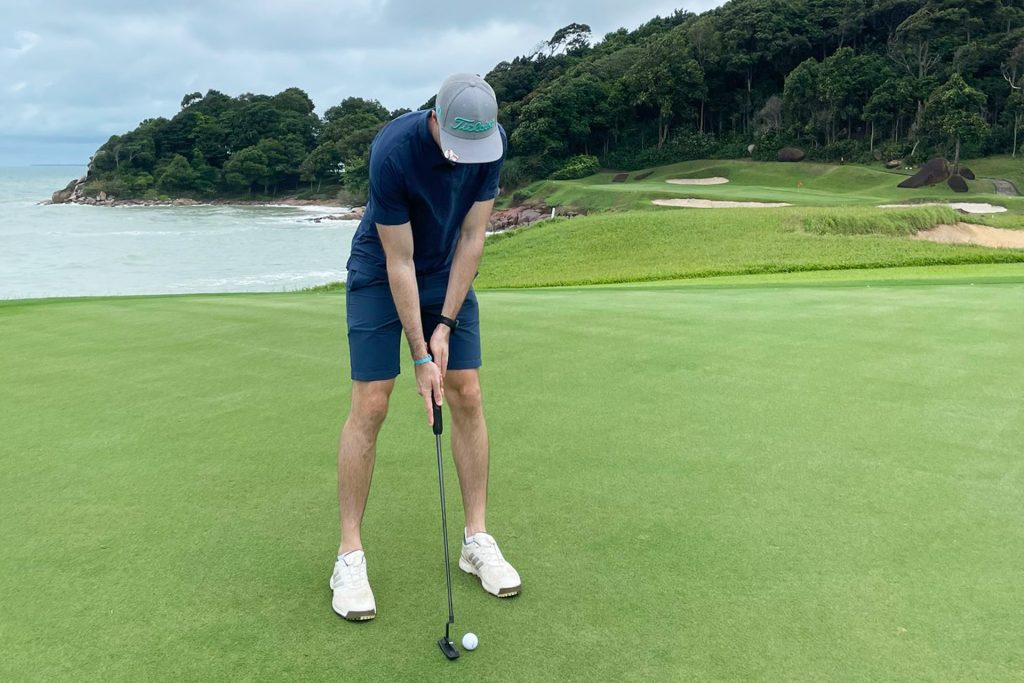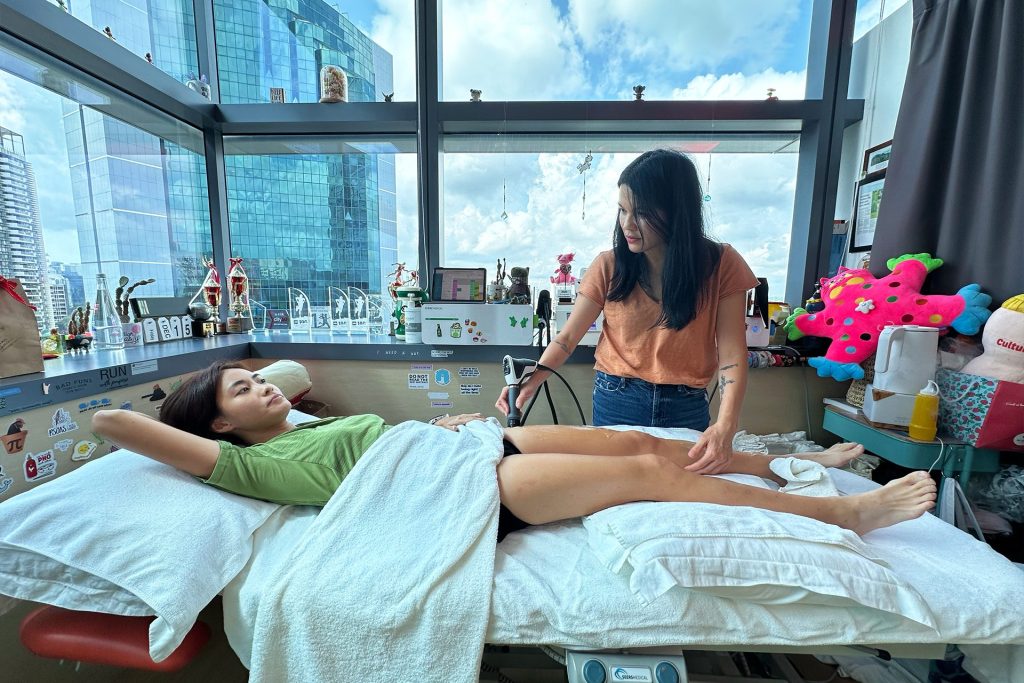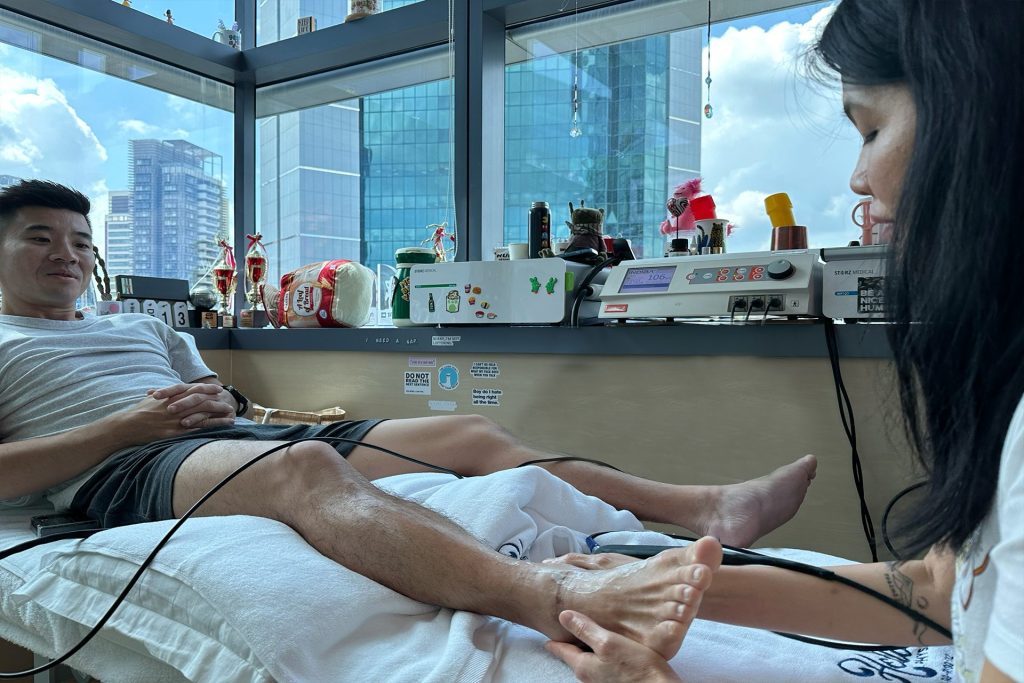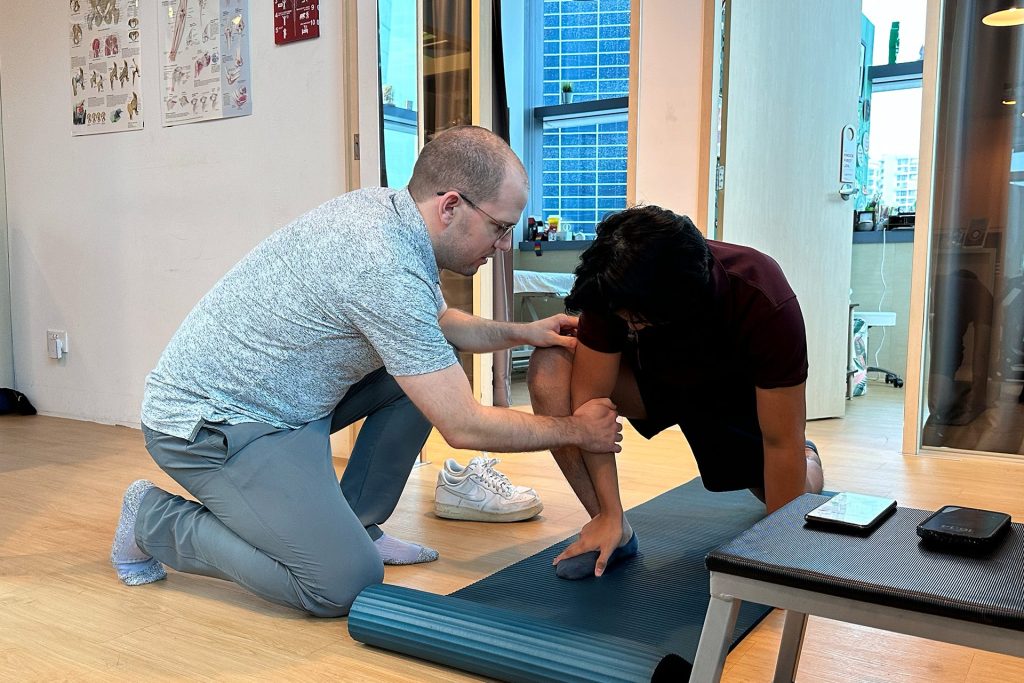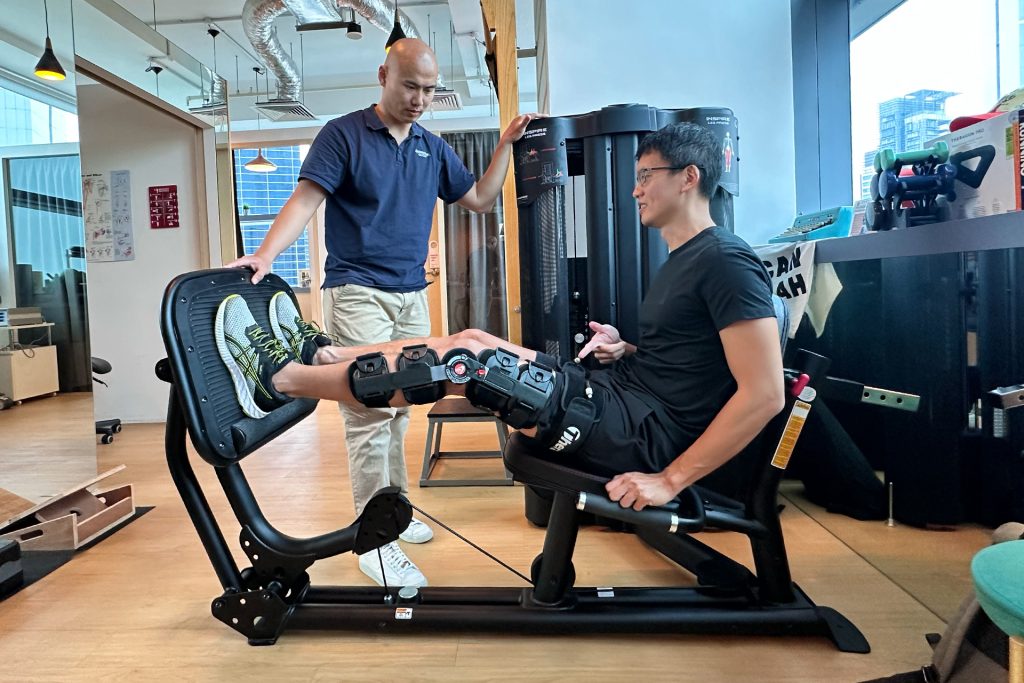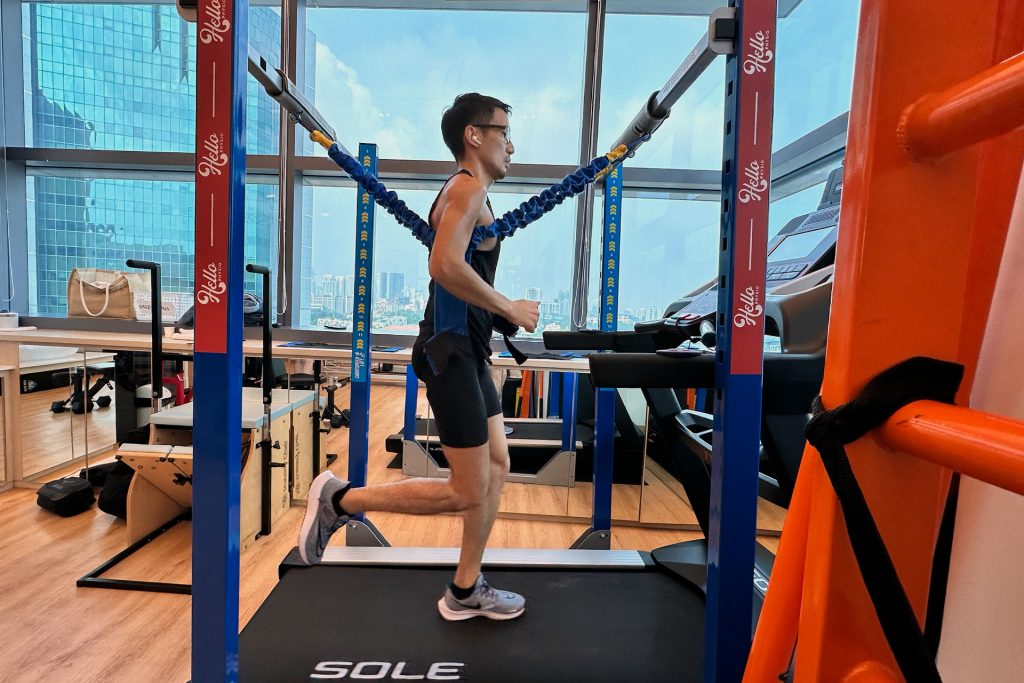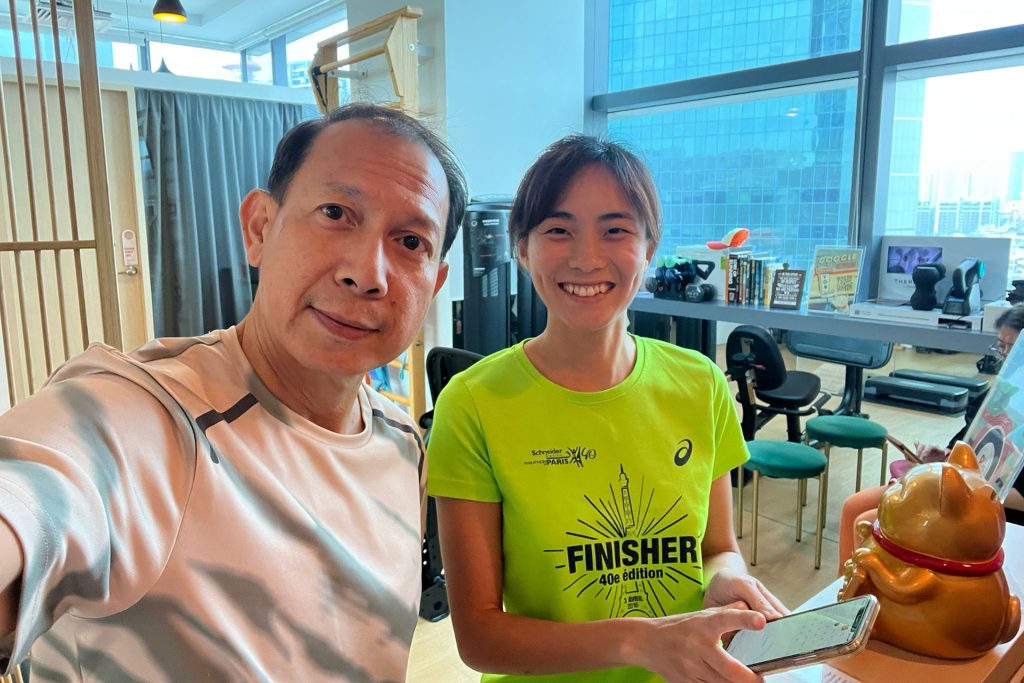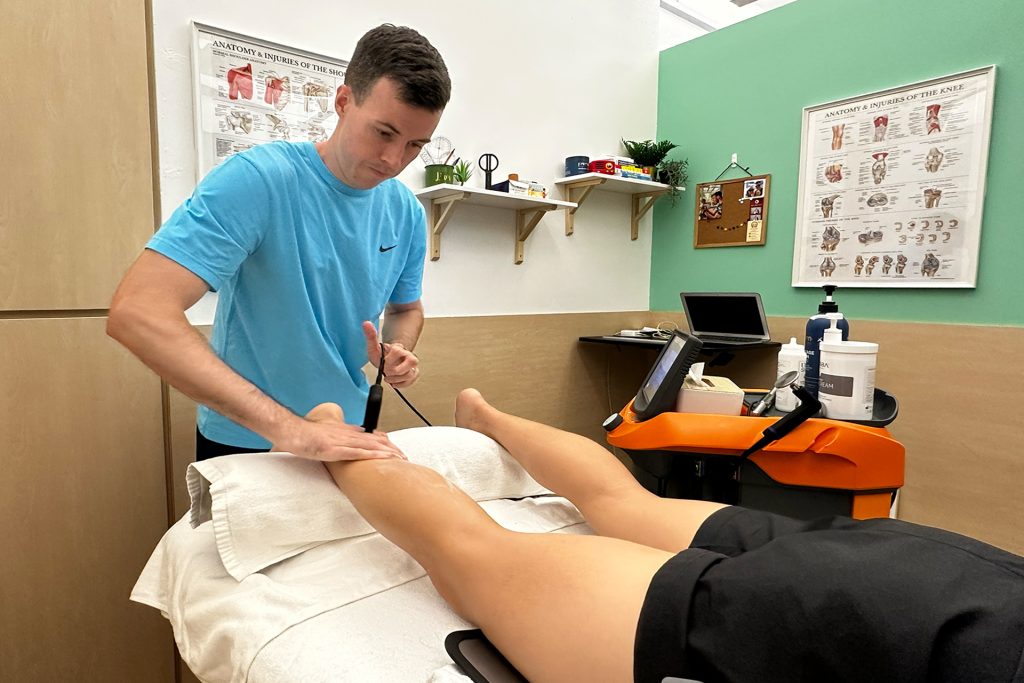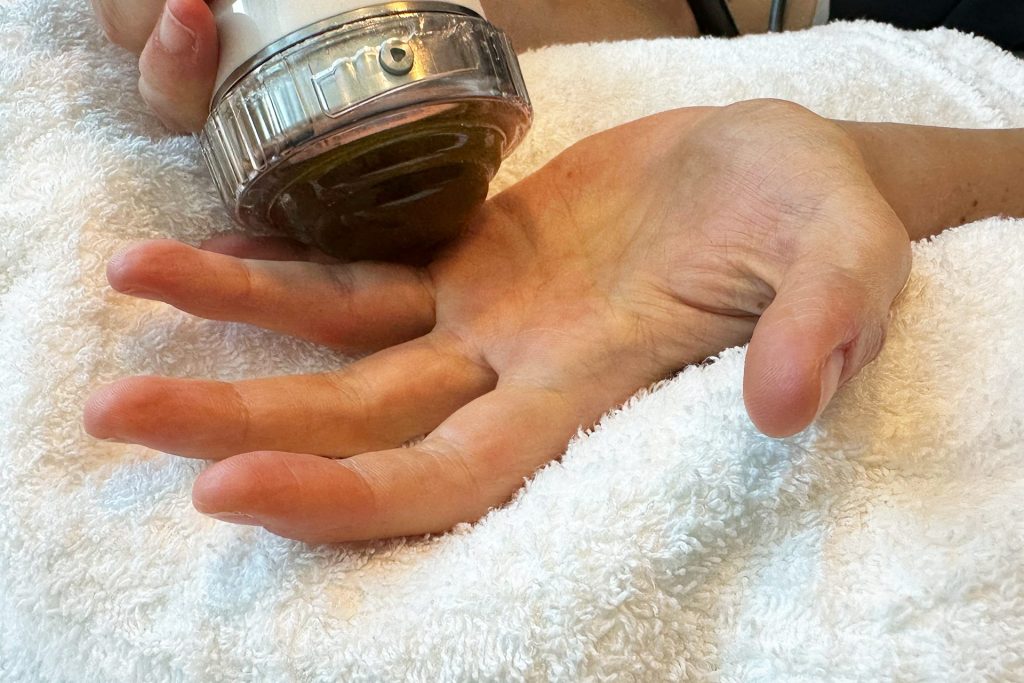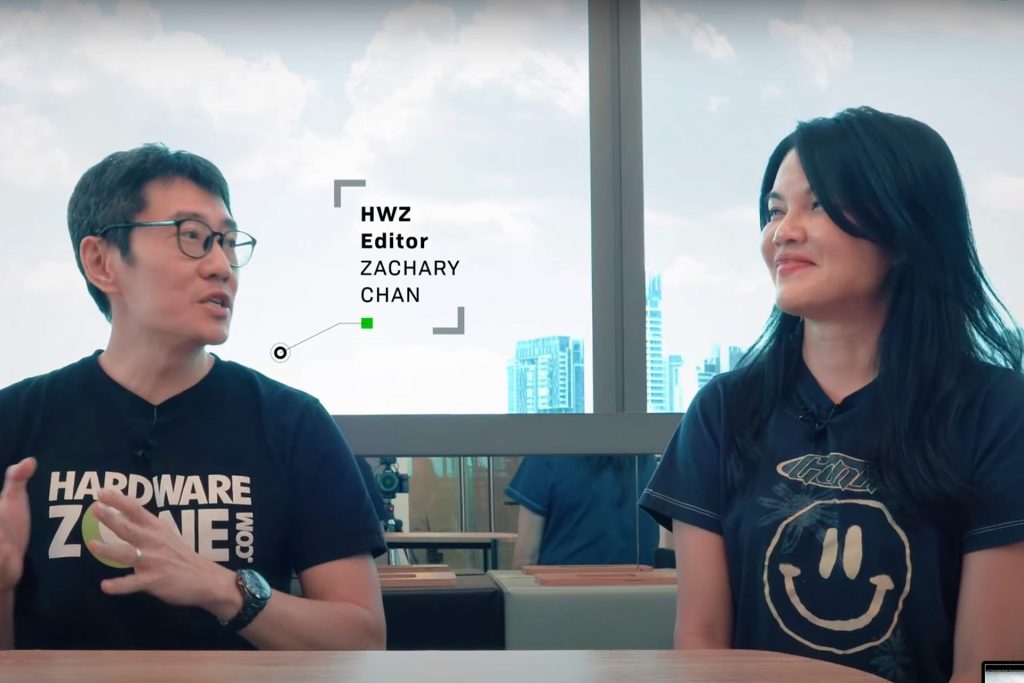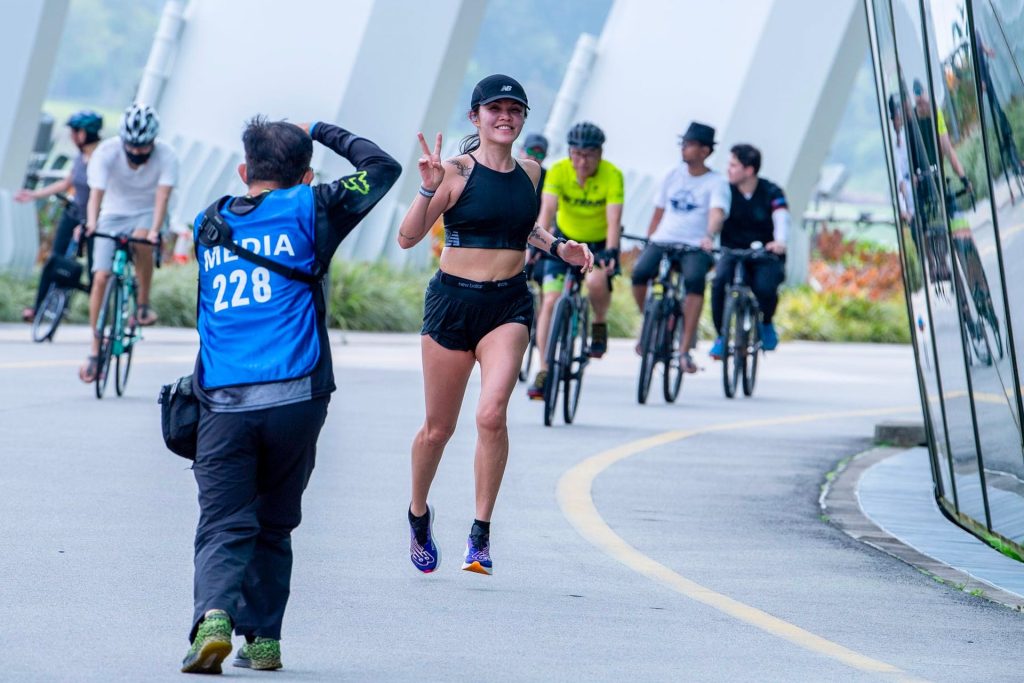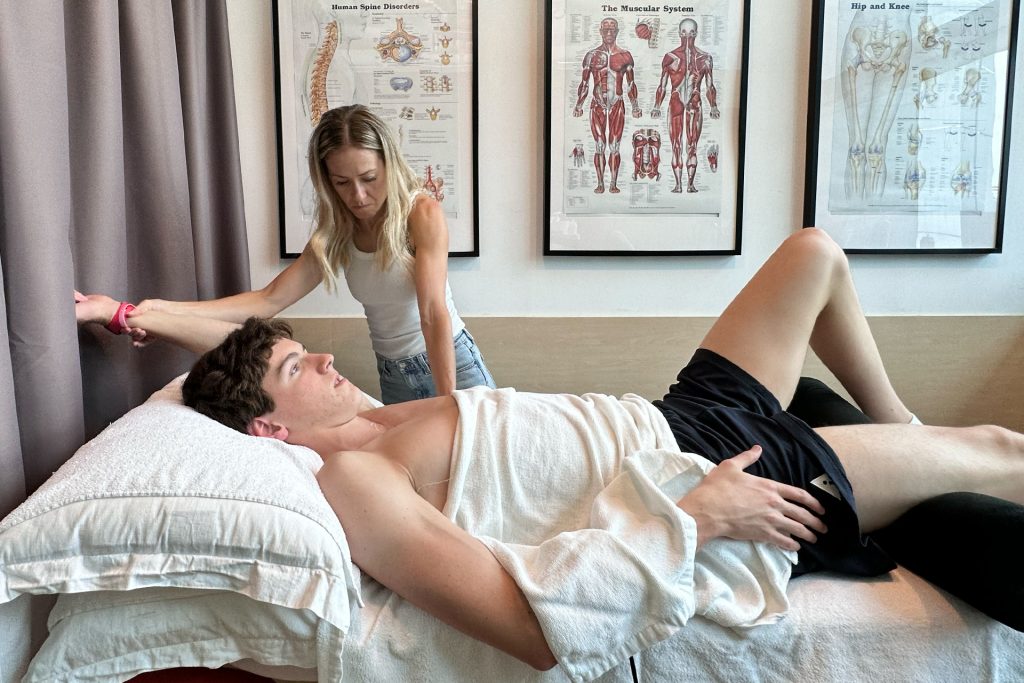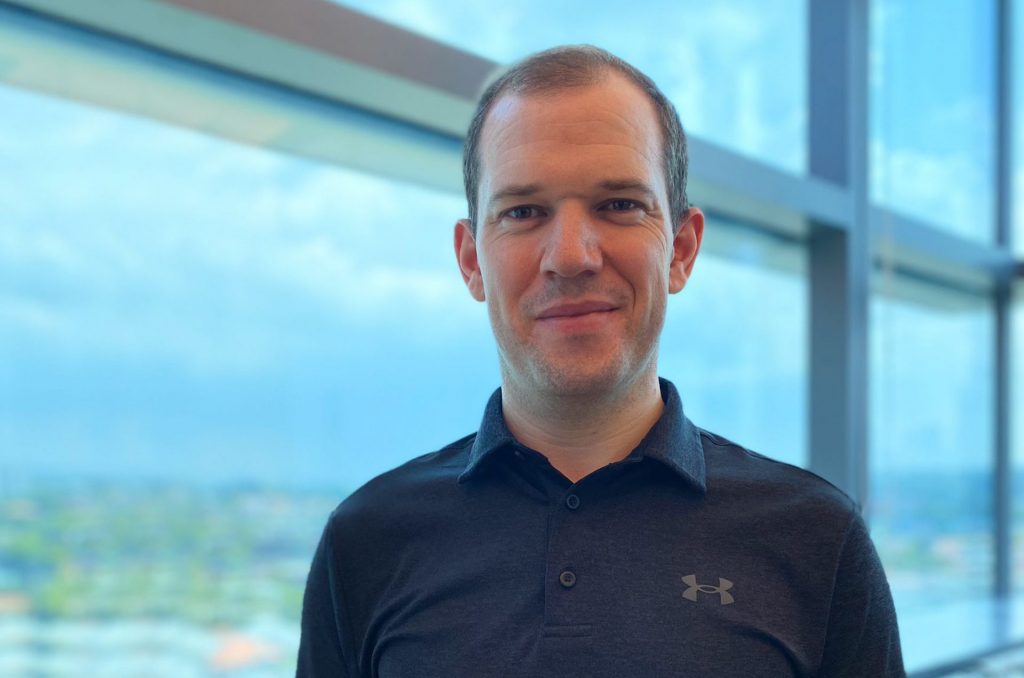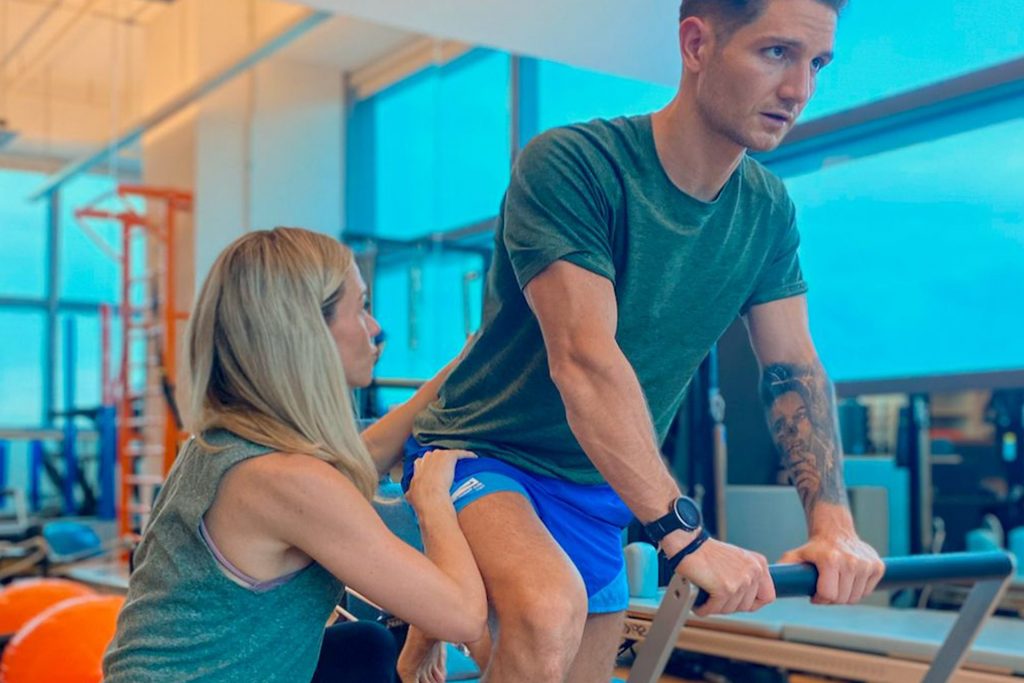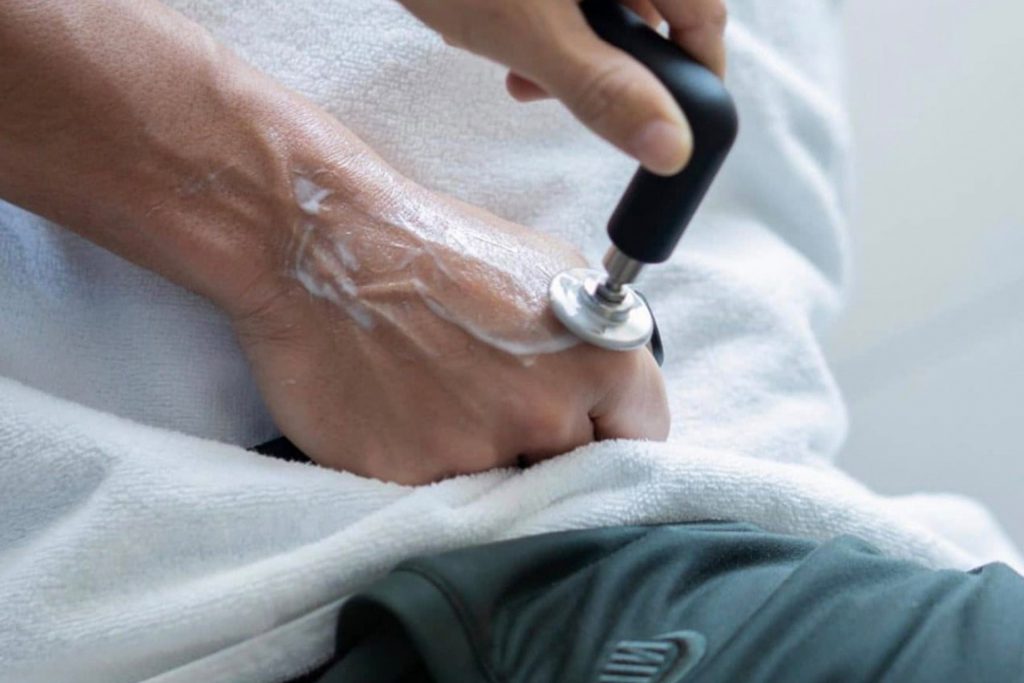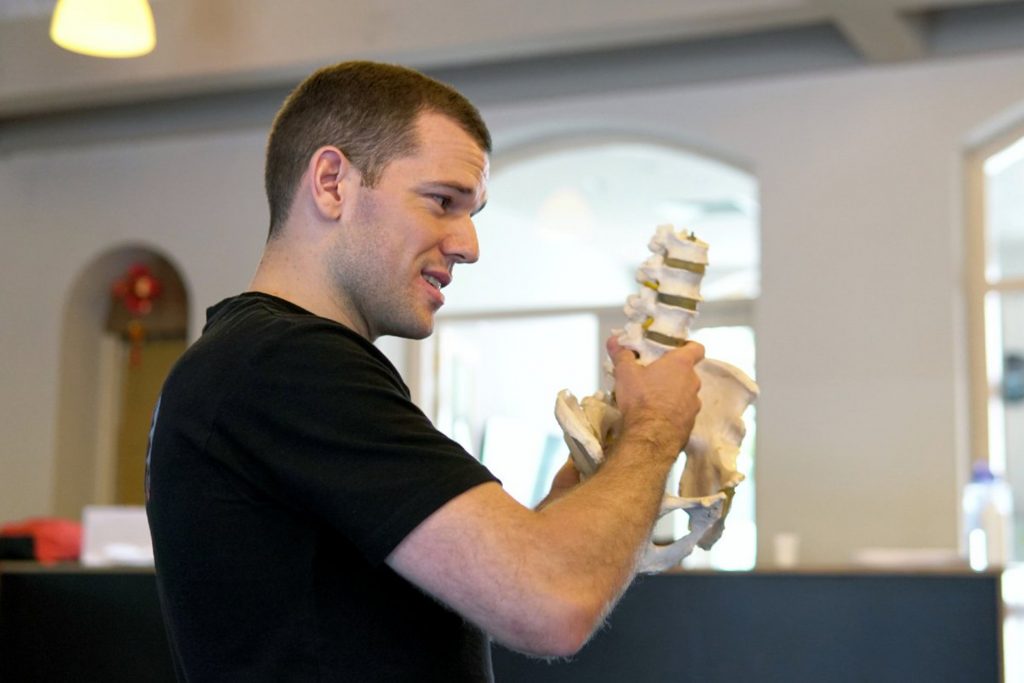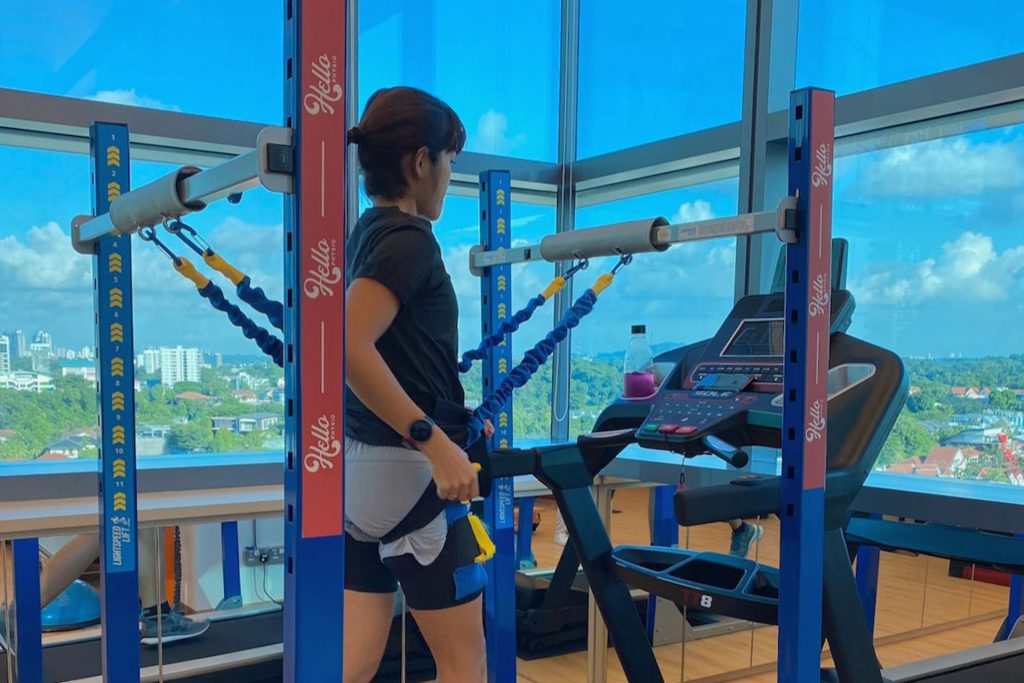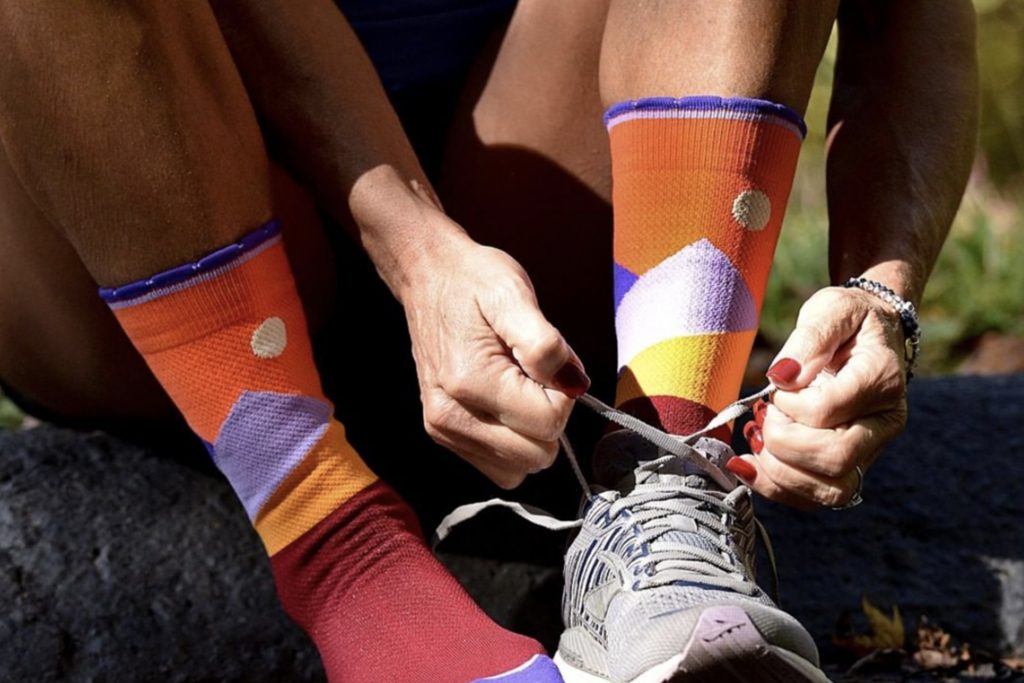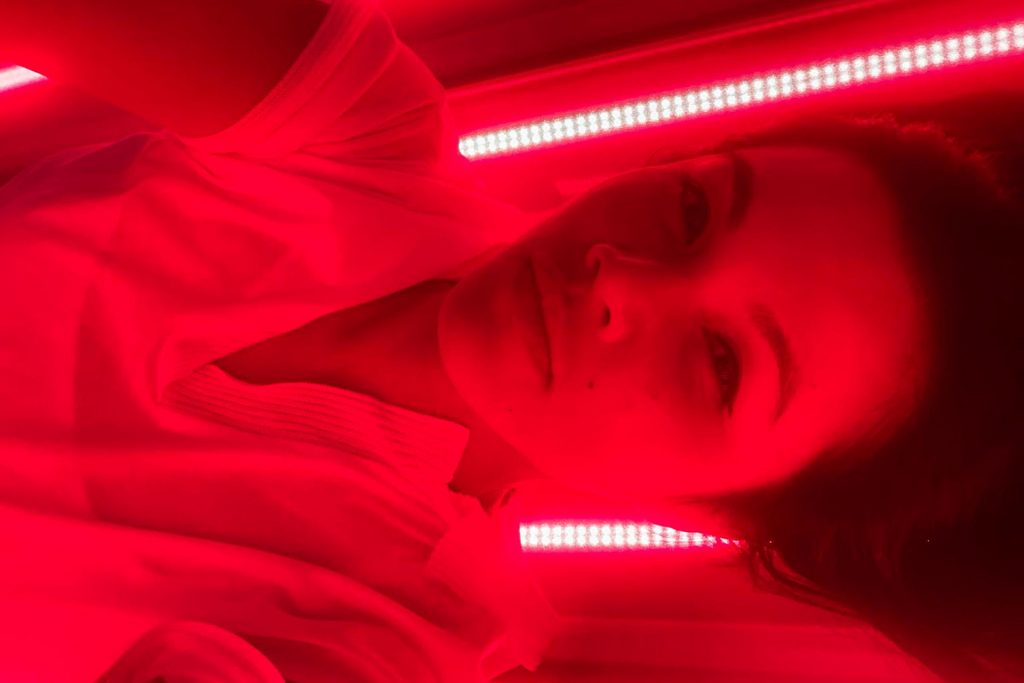|
Getting your Trinity Audio player ready...
|
Inversion Ankle Sprain More Than A Twist
Every movement counts, and every millisecond matters in high-performance sports. Often, athletes’ ankles take the brunt of the action, often in ways the spectator seldom appreciates. And sometimes, that pressure can lead to an inversion ankle sprain.
The inversion ankle sprain, as it’s clinically termed, is more than just a twist in the ankle. It’s an unwelcome straining or tearing of the ligaments on the inner side of the ankle, an ailment all too familiar to many an athlete. Many injuries are common among athletes, but the inversion ankle sprain is worth noting because of its prevalence in athletes across a wide range of sports.
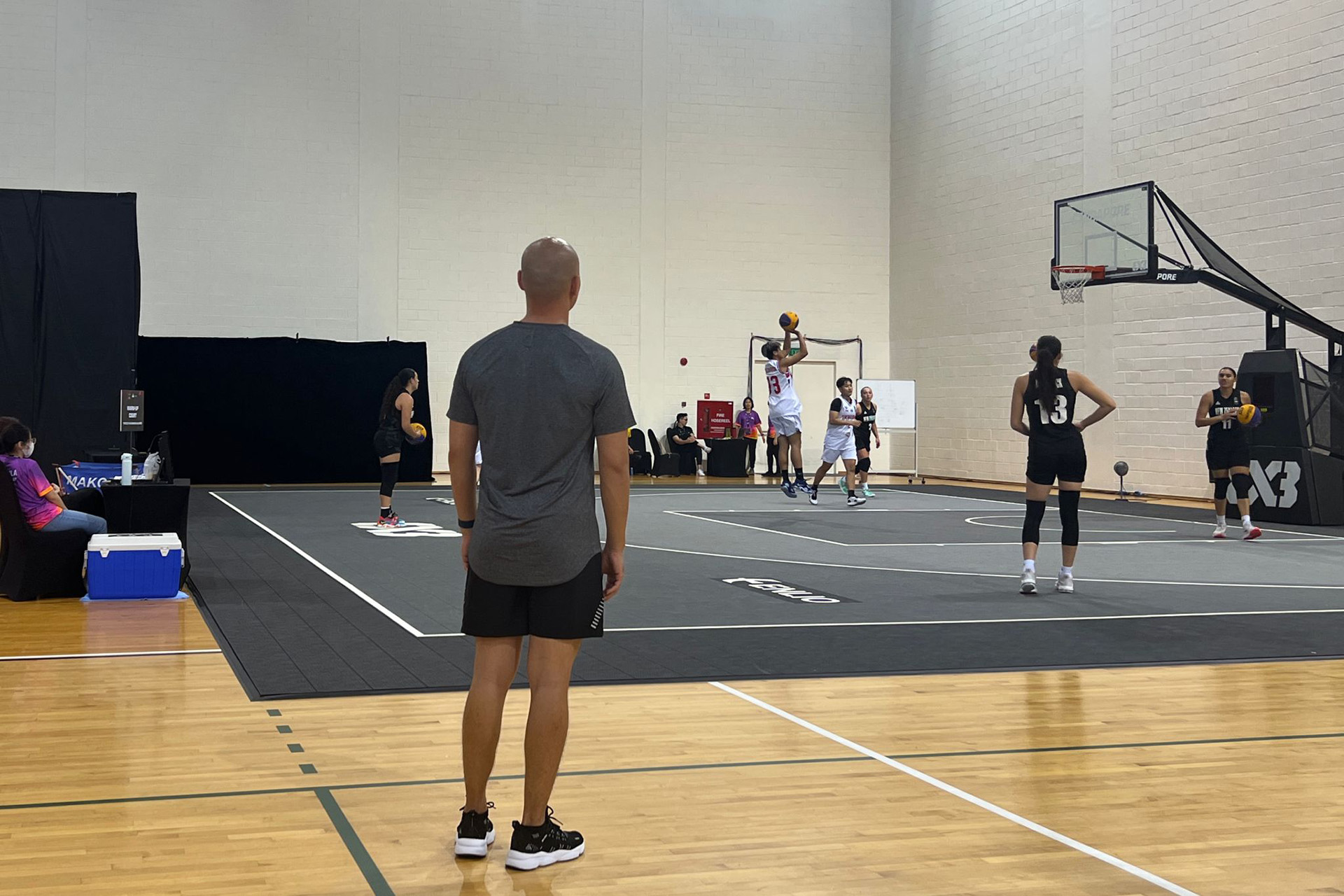
The unpredictable basketball court, with its sudden pivots, or the capricious terrains of soccer and trail running, make them fertile grounds for such sprains. Tennis, with its rapid shifts, and volleyball, with its forceful landings, are no strangers to this injury. As long as there is sudden and abrupt movement of the feet, there’s a risk of an inversion ankle sprain. Let’s unpack the mechanics, repercussions and potential preventative measures for this common athletic impediment.
Understanding the Inversion Ankle Sprain
Three different bones meet at the ankle: the shin bone, the tibia bone and the talus bone. It’s a significant pivot point for the leg, with many ligaments, cartilage, muscles, nerves, and blood vessels supporting its structure. It may seem obvious, but it is worth pointing out that the ankle is designed to rotate and move to best adjust for our movements. Part of that depends on the three essential ligaments that make up the ankle: the anterior talofibular ligament, the calcaneofibular ligament, and the posterior talofibular ligament. An inversion ankle sprain involves an injury of any of these ligaments on the outside of the ankle.
Inversion ankle sprain aetiology essentially comes down to one thing: Our feet are designed to rotate inwards and outwards so we can move swiftly and smoothly. But sometimes, too much rotation can stress the ligaments, leading to excessive stretching or tearing. An inversion ankle sprain happens when the foot rolls inwards too much, straining the exterior ligaments. This can happen when we land from a jump on an uneven surface, like a rocky path or another athlete’s foot.
Symptoms and Diagnosis
Many people have heard a “pop” when they have listened to their ankle. The ankle inversion sprain pop is considered a telltale sign of damage to the ligament, as the sound is released when it has been overstretched. It’s also very different from hearing a “crack”, which suggests a bone within the ankle joint has fractured.
Some other common symptoms of an inversion ankle injury are pain when placing weight on the affected foot, tenderness in the ankle area, swelling, bruising, instability, or a restricted range of motion. More specifically, it’s usually pain at the lateral ankle, at the side where the ligament was overstretched. However, some people can have pain in the medial ankle region, which is the inside. This occurs because there is an impingement between the medial malleolus, the small bone inside the ankle, and the talus bone. It seems odd that there’d be an injury on the side of the foot that wasn’t injured, but the pain is related to the inversion.
Inversion ankle sprains can be diagnosed in several ways. It usually begins with your physiotherapist or healthcare provider asking if you recently fell or experienced trauma to your ankle, as inversion ankle sprains are generally the result of acute damage. There should be a specific moment that can be pointed to, whereafter the pain began. If they suspect the damage is severe and warrants a closer inspection, they may conduct an X-ray, ultrasound, or CT scan of the ankle area to see what ligaments are involved in your inversion ankle sprain and how bad the damage is to the afflicted ligament.
Classification and Severity
There are several ways to classify an ankle sprain, depending on the ankle region, the ligaments affected, and the extent of the damage to the ligaments. Firstly, an ankle sprain can be a low or high ankle sprain, depending on which part of the ankle was injured. Simply put, the joint ankle sprain is lower in the ankle, and the high ankle sprain is more heightened, specifically between the tibia and fibula. Both these injuries can cause pain, but a high ankle sprain needs a longer recovery time and may need a more severe intervention.
Now, the severity of the injury depends on which of the ankle’s three ligaments have been damaged and to what extent.
- A Grade 1 inversion ankle sprain means only one ligament has been overstretched, with no tearing. Often, that ligament is the anterior talofibular ligament.
- A Grade 2 injury means either one of the three ligaments has been torn or two have been strained.
- A Grade 3 injury means two of the three ligaments have been torn entirely. A Grade 3 injury is much worse than a Grade 1 and requires more time and care.
Recovering from any type of ankle injury, be it high ankle sprain inversion, low ankle inversion sprain, or any grade, is affected by many factors. These include the person’s age, their previous injuries, their flexibility, the severity of the sprain, and many others. Ankle sprains are also an injury that often recurs; spraining your ankle once dramatically increases the chances of spraining your ankle again. Inversion ankle sprain recovery times also vary a lot: A Grade 1 injury can take a month to heal, a Grade 2 inversion ankle sprain recovery time can be up to six weeks, while a Grade 3 can take half a year and sometimes longer. Every ankle and injury is different, so recovery times vary considerably.
Intervention Strategies
There are many forms of inversion ankle sprain treatment. Still, they can be summed up by two acronyms: PEACE and LOVE: Protection, Elevation, Avoiding Anti-Inflammatories, Compression, Education, & Load, Optimism, Vascularisation, Exercise. PEACE applies to the time immediately following the injury, while LOVE guides the long-term healing process. LOVE is an excellent guide for rehabilitation, helping you to restore your mobility and strength under the guidance of a physiotherapist. PEACE and LOVE can help you whether you’ve got a medial ankle pain with an inversion sprain, a Grade 3 inversion ankle sprain, or you’re recovering from an inversion ankle sprain dislocation.
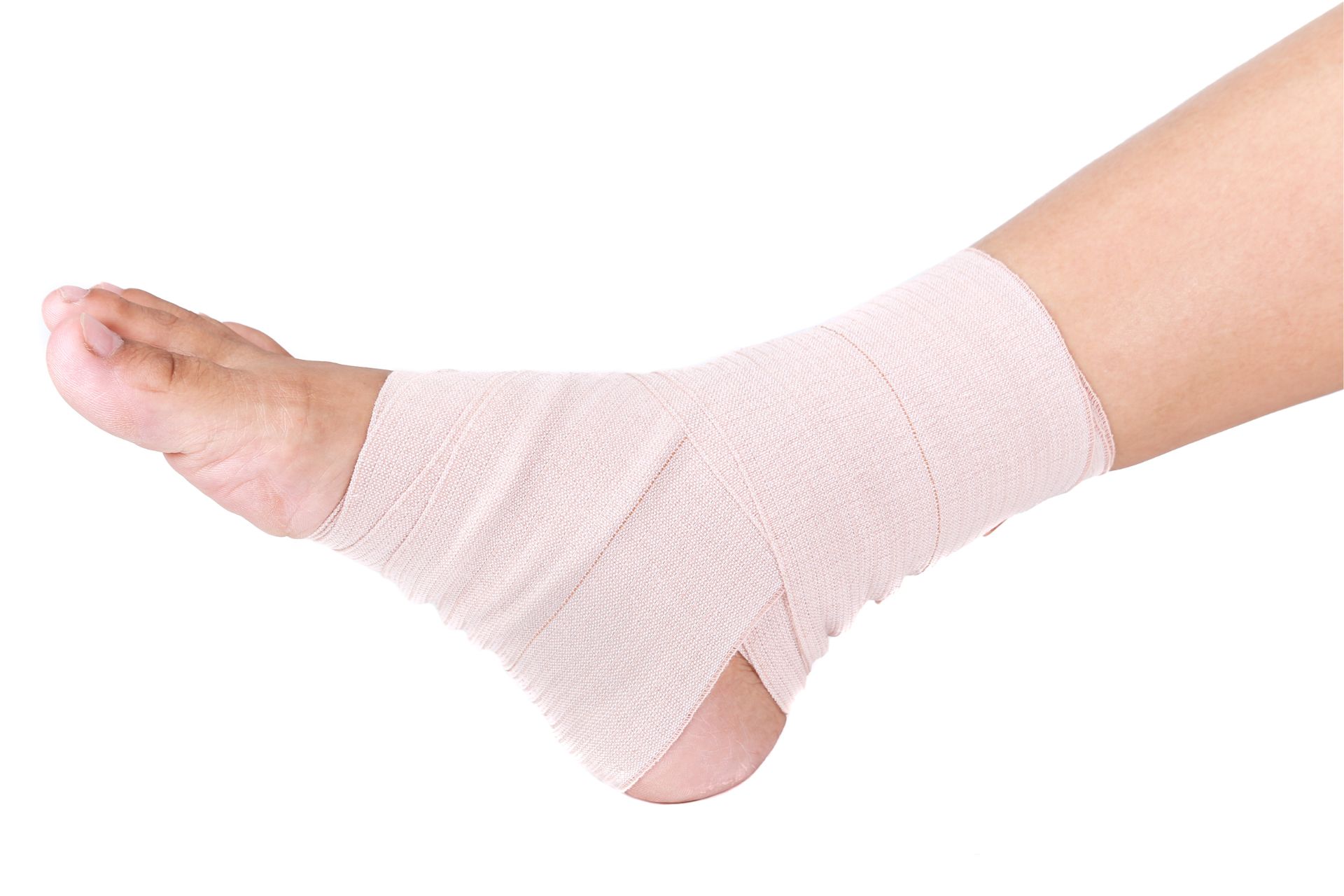
Two standard manual techniques for assisting are inversion ankle sprain taping and wrapping. With taping, a physiotherapist will use medical adhesive tape to provide your ankle with more support as it recovers. Inversion ankle sprain wrapping is similar but more constricting, where a bandage is looped around the ankle to ensure it does not move. The main difference between them is the material used. Still, both have a similar function: to provide the ankle with support and stability, compress the injury to prevent additional swelling and reduce the chances of future injury. Sometimes, your ankle may need more support during recovery, and your physiotherapist will recommend the best ankle brace for an inversion sprain.
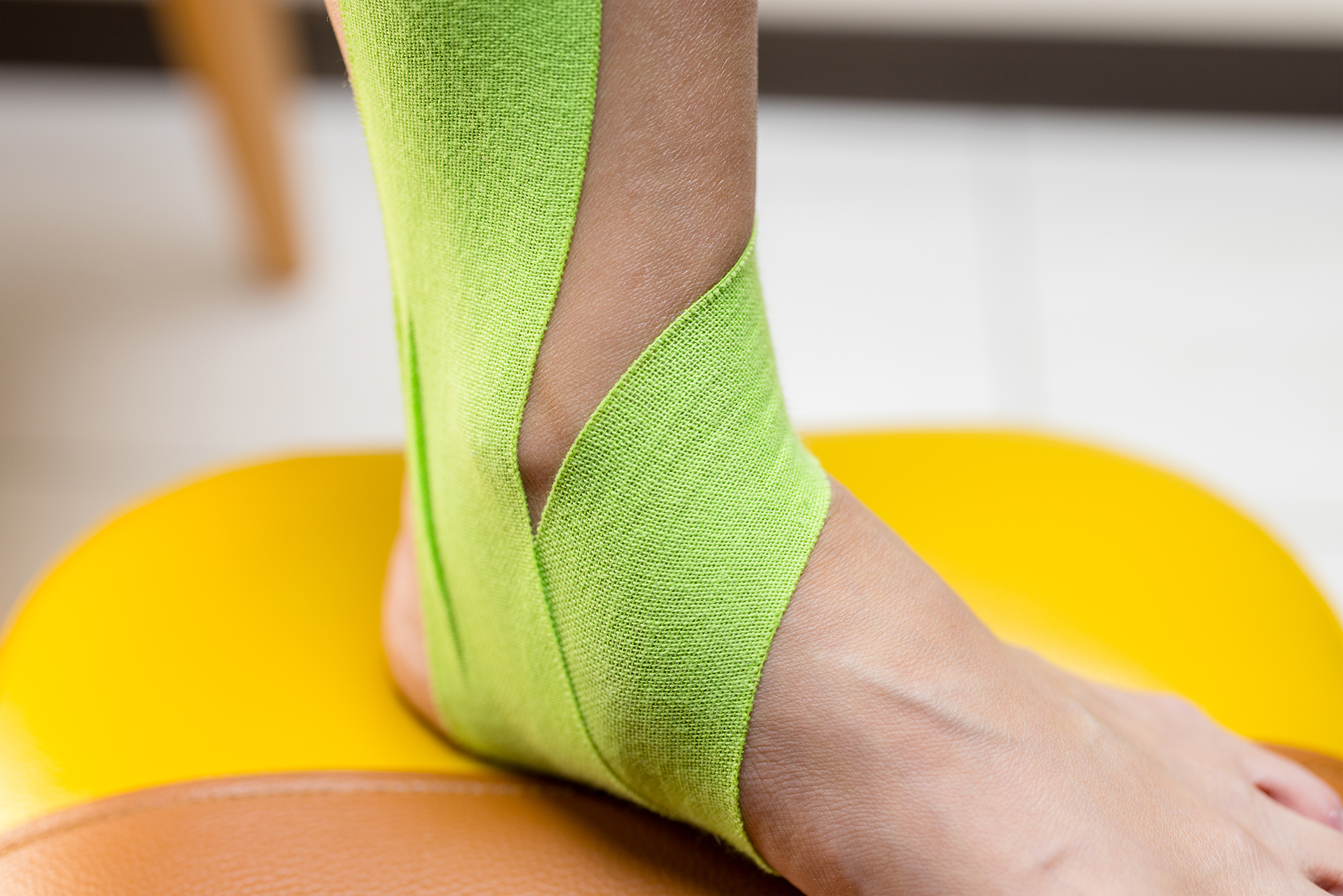
A similar option is Kinesio tape. Kinesio tape differs from regular sports tape because of its stretchiness and adhesiveness. This stretchiness is vital because when the tape is applied, it will pull at the muscles it is taped to, signalling to the body that something is out of alignment. Kinesio tape for ankle inversion sprains works almost subconsciously, helping the body learn how to be in the best position for recovery.
These manual methods can be combined with more advanced technologies to reduce the healing time for inversion ankle sprains. One such method is INDIBA® Activ, in which a radiofrequency is sent into the afflicted zone to stimulate muscle and joint healing. It accelerates the body’s natural healing process, reducing inflammation and hastening recovery.
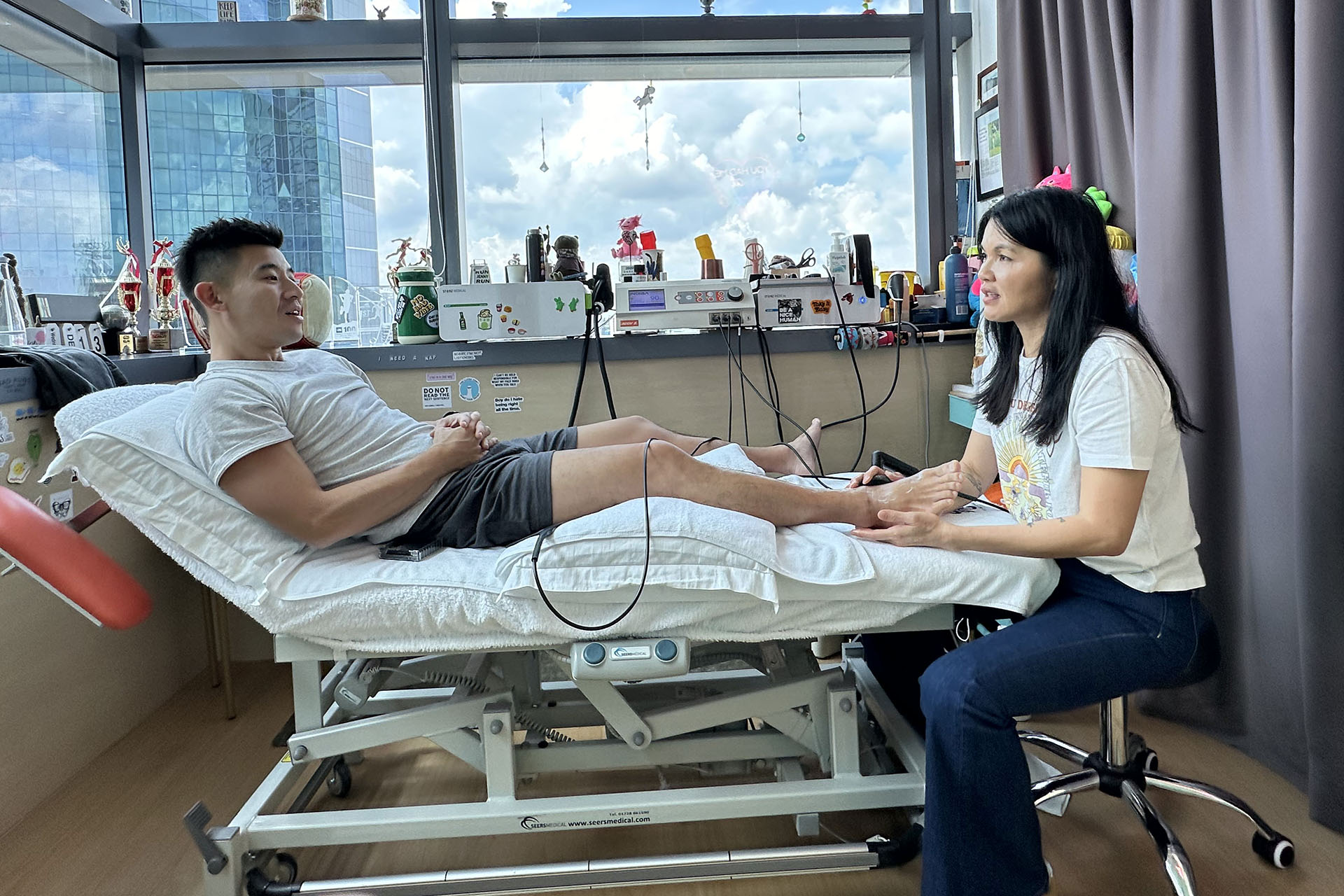
Shockwave Therapy works similarly, though it stimulates blood flow, or vascularity, to the ankle, encouraging healing. Another method is LightStim Red Light Therapy, where the body is based on low-wavelength red light. This light activates specific cell parts, boosting cell growth and stimulating blood circulation.
These advanced technologies and rehabilitation exercises can significantly speed up an ankle injury and get athletes back on the field, court, or track.
Preventative Measures for Inversion Ankle Sprains
As with any injury, it’s better to prevent than treat. A straightforward way to do so is to ensure your ankles have adequate support when playing sports. That can help you land better after big jumps or for less stress on your ankle after a sharp turn.
It’s also important for your overall foot health; unstable arches can lead to an imbalance in the ankle, increasing the chances of ankle injury. The wrong shoes can affect your arches; if unsure, talk to your physiotherapist about what shoe is right for you.
Ankle strength and flexibility can also help prevent future ankle injuries. Talk to our physiotherapist about the best way to strengthen your ankle with resistance bands. It’s essential to speak with a professional so you do not accidentally injure yourself or, if you are already injured, make the condition worse by attempting to follow a routine that isn’t catered to you.
So, if you’re concerned about your ankle sprain inversion in Singapore, WhatsApp HelloPhysio today at +65 8787 3198 to make an appointment to learn how to manage your inversion ankle sprain best.

